What Is Hybrid Mode in a Solar Hybrid Inverter?
 Apr 18,2025
Apr 18,2025

 XINDUN
XINDUN
Solar hybrid inverter is a key component of solar system. Xindun solar hybrid inverter has three working modes: off grid mode, on grid mode and hybrid mode. So, what is hybrid mode? Hybrid mode means that the inverter can process electricity from solar panels, battery energy storage system and mains at the same time to achieve efficient utilization and management of energy. It is generally divided into: battery priority output level, mains priority output level, solar output priority. In this article, Xindun will introduce the hybrid mode of solar hybrid inverter in depth.
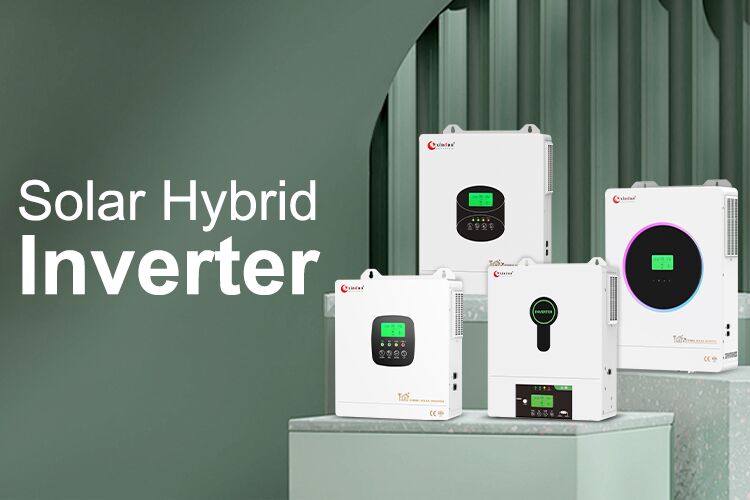
What is solar hybrid inverter?
Solar hybrid inverter is a device that converts direct current (DC) into alternating current (AC) for load electrical appliances. It mainly connects "solar + battery + mains" to achieve efficient integration and flexible use of multiple energy sources. Solar and mains can power loads and charge batteries together; solar and mains can power loads and charge batteries separately; batteries can power AC loads through inverter output. Xindun's solar hybrid inverter combines on grid and off grid functions to facilitate battery charging and discharging. During the day, when solar radiation is sufficient, the inverter prioritizes the use of solar energy to meet immediate energy needs. Any remaining energy beyond immediate needs is used to charge the connected battery. Conversely, when solar production decreases or stops, such as at night or on cloudy days, the solar hybrid inverter automatically switches to obtaining power from the battery to ensure a continuous and uninterrupted power supply. So, how does solar hybrid inverter work? We can clearly understand the working process of the solar hybrid inverter through the inverter wiring diagram below.

How does the hybrid mode work?
There are three working modes for solar hybrid inverters: on grid mode, off grid mode, and hybrid mode. Among them, hybrid mode is the most recommended and most commonly used working mode. The three common priority output upgrade methods of the hybrid mode in the hybrid inverter are: battery priority output level, mains priority output level, and solar output priority. The inverter realizes automatic switching and priority setting between different power sources according to the actual power demand, meets different power application requirements, and ensures the stability and efficiency of power supply. How do these three priority output level methods work? In what scenarios are they suitable for application?
1. Battery priority output level
If the battery priority output level is selected:
Scene 1: There is solar energy and mains
When there is solar energy and mains.
Solar energy is used to supply power to AC loads first, and after the AC load is used, the excess power is used to charge the battery.
When solar energy is insufficient, the battery will discharge to supplement, and the battery and solar energy will supply power together.
If the battery power is consumed to the set value of switching to mains, such as a 48V battery voltage (the settable range is 28-58V), if the voltage value is set to 40V, when the battery voltage is consumed to the set value of 40V, the inverter will automatically switch back to mains power supply, and solar energy will charge the battery. If the solar charging current is insufficient, the mains will complement, and the mains and solar energy will charge the battery together.
Scenario 2: Solar power but no mains
When there is solar power but no mains supply.
Solar power is used first, and after the AC load is satisfied, the excess power is used to charge the battery.
If the solar power is insufficient, the battery will be discharged to supplement, and the battery and solar power will be used to supply power together.
If the battery power is exhausted, the inverter will stop working and can only work again after the solar power is charged to a certain amount of power.
Scenario 3: When there is mains power but no solar energy
When there is mains power but no solar energy.
The inverter will give priority to battery power supply, and the AC load will be powered entirely by the battery.
If the battery power is consumed to the set value of the switchable mains power, such as the battery voltage of 48 volts (the adjustable range of 28-58V), if it is set to 40 volts, when the battery voltage is consumed to the set value of 40 volts, the inverter will automatically switch back to mains power supply and charge the battery at the same time.
When the battery power is charged to the set value of the switchable inverter, such as the battery voltage of 48 volts (the adjustable range of 36-62V), if it is set to 52 volts, when the battery voltage is charged to the set value of 52 volts, the inverter will automatically switch back to battery power supply.
The hybrid mode battery priority output stage is suitable for users in remote areas where they use electricity independently, have frequent power outages, or are not covered by the power grid and need high-quality power supply.
2. Solar priority output level
If the solar priority output level is selected.
Scenario 1: There is solar energy and mains electricity
In the case of solar energy and mains electricity, solar energy is given priority to power supply, and the AC load is powered entirely by solar energy, and any excess power is used to charge the battery.
If there is insufficient solar energy, mains electricity and solar energy are used to supply power together, such as on cloudy days.
Scenario 2: Solar power but no mains
When there is solar power but no mains supply.
Solar power is used first, and after the AC load is satisfied, the excess power is used to charge the battery.
If the solar power is insufficient, the battery will be discharged to supplement, and the battery and solar power will supply power together.
If the battery power is exhausted, the inverter will stop working and can only work again after the solar power is charged to a certain amount.
Scenario 3: There is mains power but no solar energy
When there is mains power but no solar energy.
The mains power normally supplies power to the AC load and charges the battery at the same time. If the mains power fails, the battery supplies power to the AC load. When the battery is exhausted, the inverter stops working.
The hybrid mode solar priority output stage of the solar hybrid inverter is very suitable for use in scenarios with sufficient light resources, high electricity costs and unstable mains power. Prioritizing the use of solar energy can significantly reduce the use of mains power, save electricity costs for users, and can flexibly respond to power outages. Solar power is used for power supply and storage during the day, and battery power can be seamlessly switched during power outages.
3. Mains priority output level
If the mains priority output level is selected:
Scenario 1: There is mains and solar energy
When there is mains and solar energy.
The mains power supply is given priority, and the AC load is powered by the mains power, while the solar energy charges the battery and works together.
If the solar energy is insufficient (such as cloudy days), the mains power will supplement and charge the battery together with the solar energy.
If the battery is full, the solar energy will directly power the AC load, and the mains power will not be needed to power the AC load.
If the solar energy is not enough, the mains power will complement, and the mains power and solar energy will supply power together.
Scenario 2: Solar power but no mains
When there is solar power but no mains supply.
Solar power is used first, and after the AC load is satisfied, the excess power is used to charge the battery.
If the solar power is insufficient, the battery will be discharged to supplement, and the battery and solar power will supply power together.
If the battery power is exhausted, the inverter will stop working and can only work again after the solar power is charged to a certain amount.
Scenario 3: There is mains power but no solar energy
When there is mains power but no solar energy.
The mains power normally supplies power to the AC load and charges the battery at the same time. If the mains power is also cut off, the battery will supply power to the AC load. When the battery power is exhausted, the inverter will stop working.
The mains power priority output level of the hybrid mode is "mains power as the main, solar power as the auxiliary", which is suitable for applications when the sunlight is insufficient but the mains power is stable. When the mains power fee is lower than the solar power, the mains power is used first, and the solar power is stored for backup. When the power outage occurs, it can be seamlessly switched back to the battery power supply.
Best Selling Solar Hybrid Inverter Recommendation
Solar hybrid inverters are a key component of solar energy systems. How to choose high-quality hybrid inverters to ensure the normal operation of the system? Efficient, stable and intelligent inverters can output electricity stably. It is very suitable for use in remote areas with power shortage, high electricity costs, far from the power grid, etc. They can not only provide stable power supply, but also ensure that home and commercial load equipment can work normally in off-grid environments. Below we will recommend several of Xindun's most popular solar hybrid inverters.
HFP, HFP-S, HFP-C, HFP-E series are our newly upgraded solar hybrid inverters. They all have battery output priority, mains output priority, and solar output priority functions. They are intelligently managed high-frequency inverters that support on grid, off grid, hybrid and battery-free working modes, and users can set them flexibly. The bidirectional energy storage design can realize the bidirectional flow controller of electric energy. Both solar and mains can charge the battery. Built-in MPPT solar controller, the maximum pv tracking can reach 500V, which can maximize solar power. Equipped with BMS lithium battery intelligent management function to extend battery life. At the same time, it supports electricity feeding to the grid and increases revenue. What are the differences between them?
HFP-S series is a dual AC output hybrid solar inverter with equal voltage, phase and frequency of the two outputs. It is mainly divided into main output and second output. The main AC output can power high-power equipment such as air conditioners and refrigerators, and the second AC output can power some small appliances, such as lights and fans. Users can set the dual output switch according to actual needs. When the dual output function is turned off, the main output and the second output can be loaded normally, and the total load power does not exceed the rated power of the inverter.
When the intelligent dual output function is turned on:
1. When the battery voltage is normal, the main output and the second output can be loaded normally, and the total load power does not exceed the rated power of the inverter.
2. When the battery voltage reaches the main cut-off voltage setting value, the main output is turned off. At this time, the maximum load power of the second output is 30% of the rated power of the inverter.
3. When the battery voltage reaches the main recovery voltage setting value, the main output is restored.
4. If the AC power is connected after the main output is cut off (that is, when working in the AC power state), the main output will be directly restored.
Xindun HFP-C solar hybrid inverter combines the dual AC output function of HFP-S. The appearance design is simple and elegant. It adopts LED intelligent RGB ring light strip design and personalized lighting effect. Users can set it independently from eight colors: blue, green, light blue, pink, yellow, purple, orange and white blue, and clearly grasp the working status of the inverter. At the same time, the brightness of the light strip can be adjusted freely, and the colors are fashionable and dynamic. The diversified data effect presentation method truly achieves "visible energy management".
Xindun HFP-E series solar hybrid inverter continue the stable performance of HFP-S dual output models, further improve the convenience of operation, and add a detachable remote control panel design. This design allows users to separate the display panel from the host according to the actual installation environment, and flexibly install it in a position that is more convenient for viewing and operation. Whether it is placed next to the distribution box to quickly check the power operation parameters, or installed in common areas such as the living room and corridor to achieve centralized management of home energy, it can be easily met.This design greatly improves the user's control convenience and sense of safety in electricity use, truly achieving "remote control and understanding at any time", so that the use of household electricity is under control.
Click the image link below to learn more about solar hybrid inverters:
|
HFP Series Solar Hybrid Inverter 1.3KW-12.3KW |
HFP-S Series Solar Hybrid Inverter 3.3KW-12.3KW |
HFP-C Series Solar Hybrid Inverter 4.3KW-12.3KW |
HFP-E Series Solar Hybrid Inverter 3.3KW-12.3KW |
Solar Hybrid Inverter Installation Projects
Project 1: 12.3KW Solar Hybrid Inverter For Home In Iraq
In October 2023, we received a letter from Ms. Wendy, a customer in Badag, Iraq: "We live in Iraq, where the power supply is very unstable, and there are power outages several times a day, which seriously affects daily life and work. We want to install a solar power system to ensure that there is power outage at home. Do you have any recommendations?"
Many families in Iraq face frequent power outages, with an average duration of more than 6 hours. Because Iraq's power grid infrastructure is old and the power supply is seriously insufficient, especially during the peak power consumption period in summer, the power outage time can even be as long as more than ten hours. And affected by the country's political situation, many families have to rely on expensive diesel generators, but the fuel cost is high, the noise is loud, and it pollutes the environment. Solar inverters are very popular in the Iraq market.
We learned that her family's average daily electricity consumption is about 30-40 degrees, and the load is large during peak hours. We recommended the 12.3KW HFP series solar hybrid inverter, which is equipped with a battery energy storage system to achieve true 24-hour uninterrupted power supply.
The customer bought the Xindun 12.3kw hybrid solar inverter without hesitation. After installation, her family was completely free from power outages. The solar system generates about 50-60 degrees of electricity per day, which fully covers daily electricity needs, and the excess power is stored in the battery for backup. Even in the hottest summer in Iraq, her home can keep the air conditioner running continuously, the refrigerator is no longer damaged by power outages, and the children can take online classes with peace of mind, greatly improving their quality of life. They no longer worry about rising electricity bills. The neighbors around us all appreciated this, and they collectively purchased a batch of inverters from us to install in their homes to ensure stable power support.
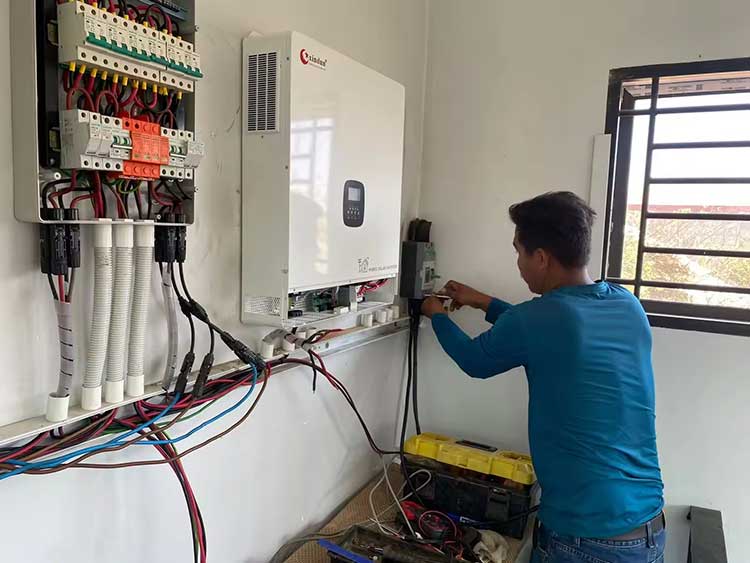
Project 2: 8.3KW Solar Hybrid Inverter For Villa In Uzbekistan
More than 75% of Uzbekistan's electricity relies on natural gas for power, and the supply of natural gas is often unstable due to price fluctuations and aging facilities. In addition, the demand for electricity for heating in winter has increased significantly, and the grid load often exceeds the limit, resulting in frequent power outages and planned power restrictions. Ramon, a customer from Tashkent, Uzbekistan, left a message on Xindun's web window: "I am responsible for the power system configuration of a private villa. The customer hopes to have a solar inverter that can solve the power outage problem and has a beautiful design. Do you have any suitable inverters to recommend?" After communicating with Mr. Ramon, we learned about the power system requirements of his villa project. The customer finally chose an 8.3kw solar hybrid inverter, which uses an RGB ring light strip design, has eight colors that can be set by yourself, and supports dual AC output, which fully meets the customer's requirements.
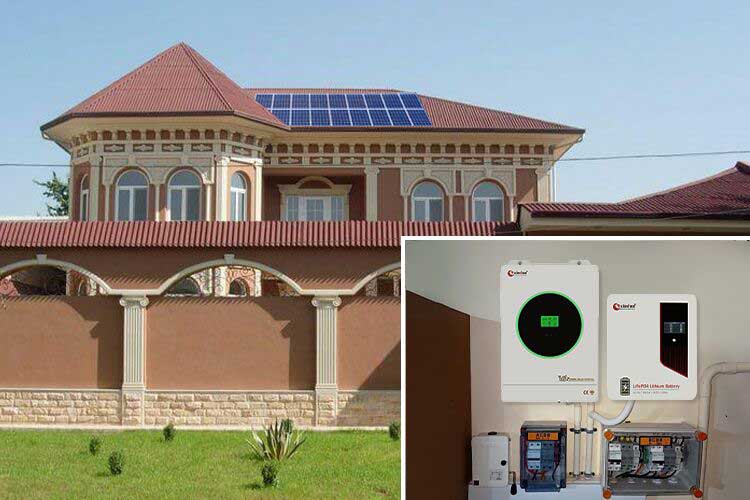
The solar hybrid inverter was successfully installed. It is an efficient energy conversion device during the day and a chic decorative lamp at night. It reduces the dependence on traditional power grids and greatly saves electricity bills. If you also have solar system project needs, Xindun is ready to provide customized solar solutions.
Project 3: 3.3KW Solar Hybrid Inverter For Village In Thailand
Thailand is one of the fastest-growing countries in Southeast Asia, but with economic growth, the demand for electricity is also expanding. Many remote rural areas still have problems such as unstable power supply and high electricity prices. In the hot season, electrical equipment such as air conditioners, electric fans, and water pumps are heavily loaded, which can easily lead to power system collapse. Mr. Kerwin, as the owner of a farm in a remote rural area of Thailand, mainly engages in poultry and fish farming. Due to the remote location, it often faces problems such as unstable voltage and power outages, which has a serious impact on the ventilation system and water circulation system of the farm. The expensive electricity bill also doubles the pressure on customers.
After consulting some information about inverter systems online, Mr. Kerwin, a customer, conducted multiple investigations and consulted some well-known inverter brands. Finally, after some comparison, he chose Xindun. The customer contacted us directly on the social media platform and placed an order for 6 pcs HFP-E series solar hybrid inverters. The customer learned from our official product page that this inverter is a solar hybrid inverter that supports detachable remote control panel that can be freely disassembled and assembled and supports dual AC outputs. Users can separate and install the control panel in the main channel of the farm or the centralized control room to achieve remote monitoring and operation, greatly improving the convenience of use.
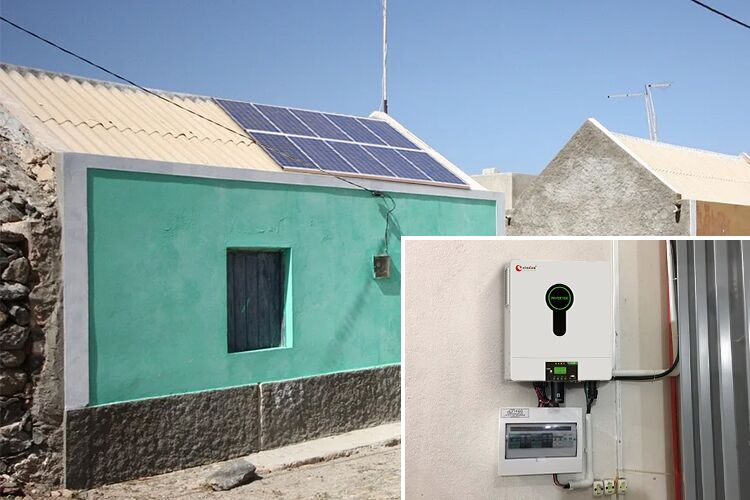
After one month of testing, Mr. Kerwin reported that the system performance exceeded expectations: "Since the installation of these six hybrid inverter systems, our farm has never been affected by power outages. The electricity bill has also been reduced by nearly half, and the operation of the solar hybrid inverter is more stable than that of a diesel generator. The system is easy to operate, and our staff can perform daily maintenance after simple training." He said that this system will be applied to other agricultural projects.
Project 4: 6.3KW Solar Hybrid Inverter For Sale In Iran
Iran has faced severe power supply challenges in recent years, with frequent power outages, unstable power grids, and rising costs of traditional energy. Due to the aging of power infrastructure and the impact of international sanctions on energy imports, many families and businesses have turned to solar power.
Daniel was originally an engineer who was engaged in solar system installation in Iran. He has more than 10 years of experience and is proficient in the performance and technology of various solar inverters. He noticed the demand for solar power in the Iran market and opened a solar system product store in the local area, specializing in the sale of solar modules, inverters, energy storage batteries and other equipment. He conducted a market survey on inverter suppliers and finally chose Xindun as a partner. He learned that Xindun is a professional inverter manufacturer integrating R&D, production and sales, with a modern production plant of more than 10,000 square meters and more than 20 years of rich production experience. Both product quality and productivity are trustworthy.
After checking our product catalog, customer Daniel decided to wholesale 100 6.3kw HFP-S series hybrid solar inverters and 100 lithium batteries. This on-grid and off-grid solar hybrid inverter is a high-frequency dual AC output solar hybrid inverter. The main output can be connected to common loads such as lighting, TV, refrigerator, etc., while the second output is suitable for connecting non-critical loads such as air conditioners, induction cookers, etc., to meet the needs of multiple power outputs. The 6.3KW solar hybrid inverter is very popular in the Iranian market because of its moderate power range, which can meet both household electricity needs and small commercial use.
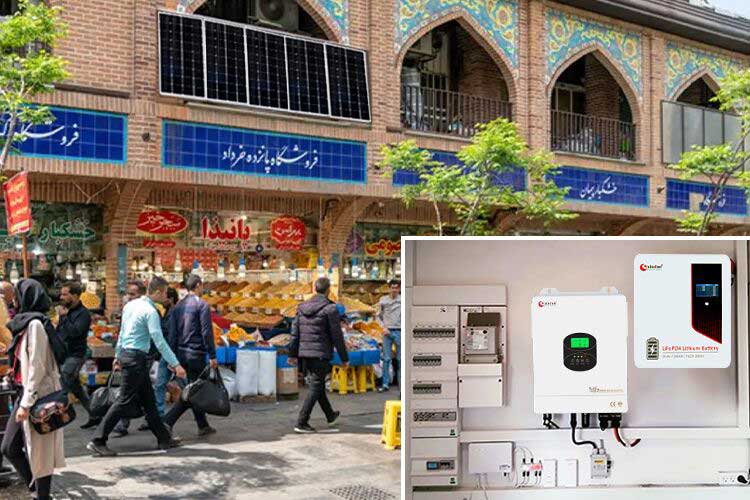
Many users have told Daniel that our inverter system not only performs well, but also provides stable power and can provide uninterrupted power supply 24 hours a day.
Are you still worried about frequent power outages? Xindun solar hybrid inverters provide stable power supply to more than 100,000 households, offices, schools, stores, banks, etc, achieving 24-hour uninterrupted power supply.
FAQ
1.Can I use hybrid inverters without batteries?
Yes, Xindun's solar hybrid inverters can operate without batteries. However, we recommend using batteries in areas with unstable power to ensure the continuous operation of critical loads. No matter it's day or night, sunny or rainy days.
2.What happens when the grid fails?
When the grid fails, the solar hybrid inverter will automatically switch to battery or solar power to continue to provide power to the connected loads. The whole process is completed within 10 milliseconds and will not affect sensitive equipment.
3.How long does installation take?
The installation time depends on the system size and site conditions. Generally, there are the following steps: 1. Confirm the installation environment; 2. Select a cable with a suitable diameter, which cannot be lower than the national electricity safety standard. Generally, the diameter should be selected according to the current density of ≤5A/mm2, and the length of the connecting line should be minimized to reduce losses; 3. Select the appropriate number of batteries according to the rated battery voltage of the inverter and connect the battery; 4. Connect the load (uninterrupted output); 5. Connect PV; 6. Connect the mains (grid connection); 7. Select a suitable circuit breaker. Strictly follow the installation sequence: solar energy - mains - battery - AC load
4.What's the lifespan?
Xindun's solar hybrid inverter has a 1-3 year warranty period, and if used properly, the lifespan can reach 10 years.

 Solar Inverter
Solar Inverter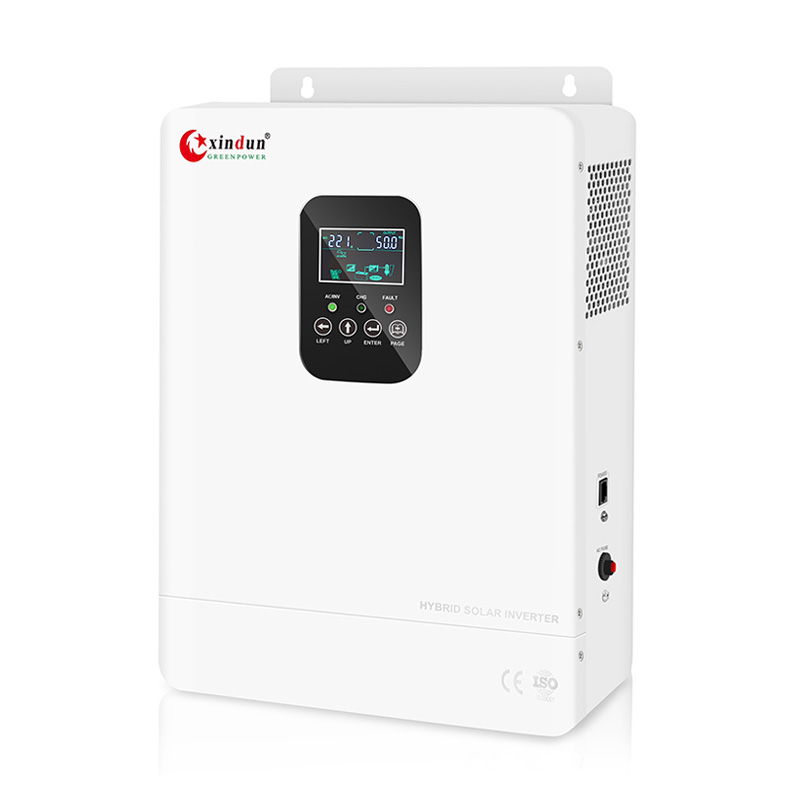
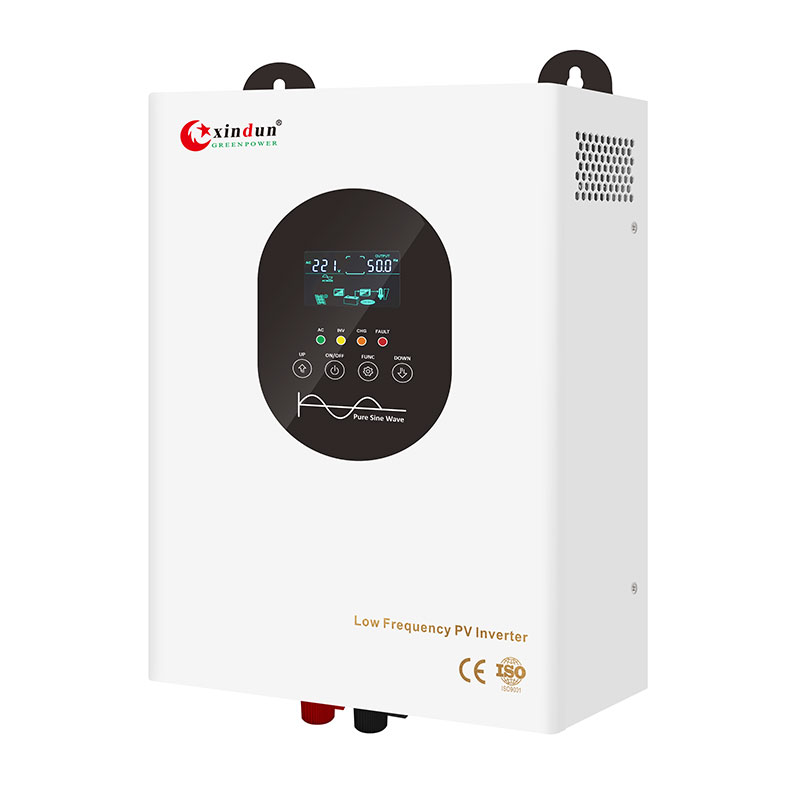
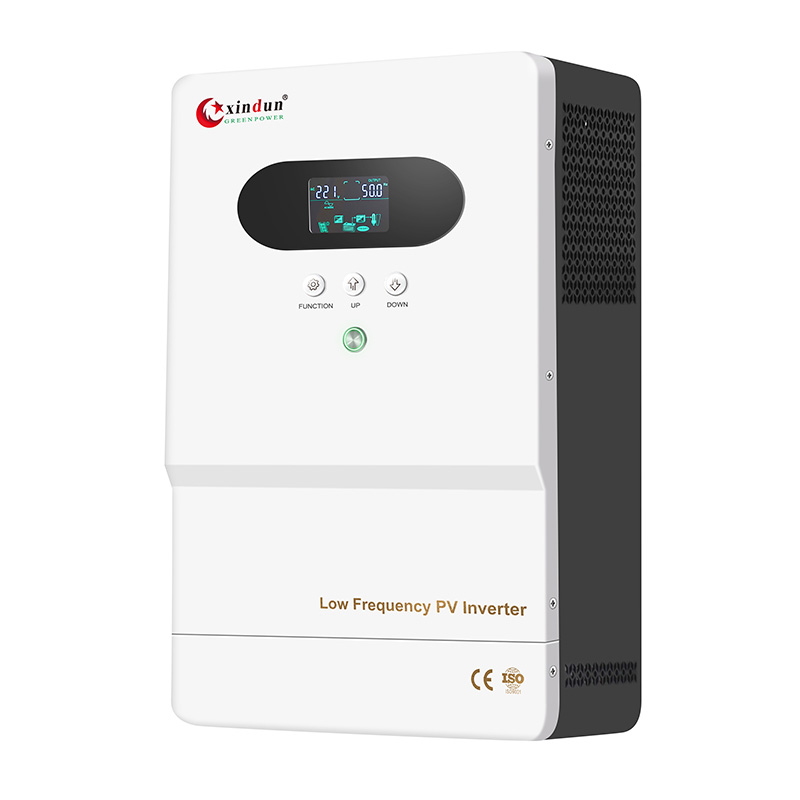
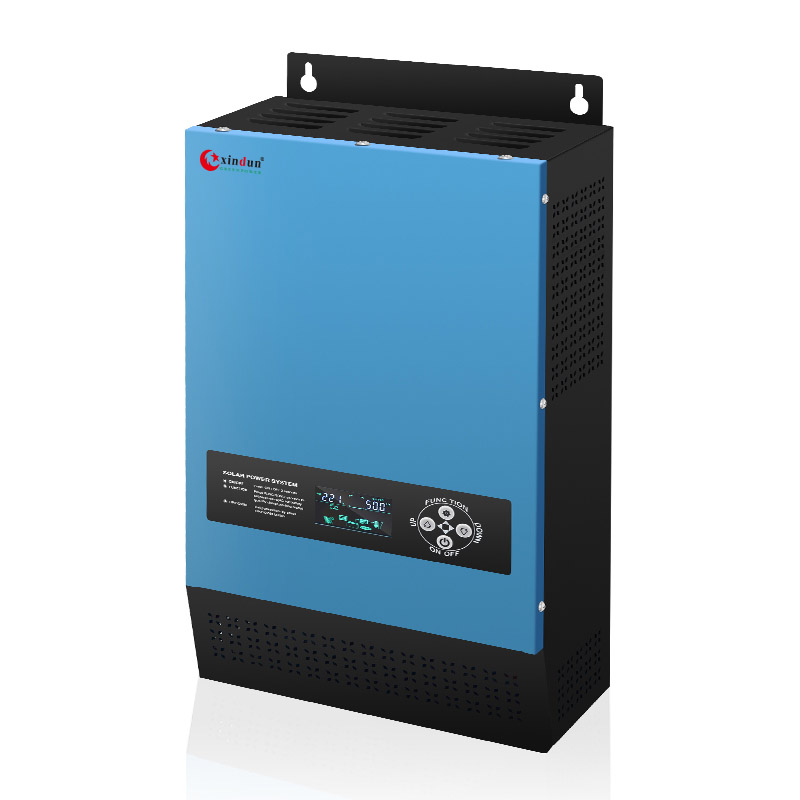
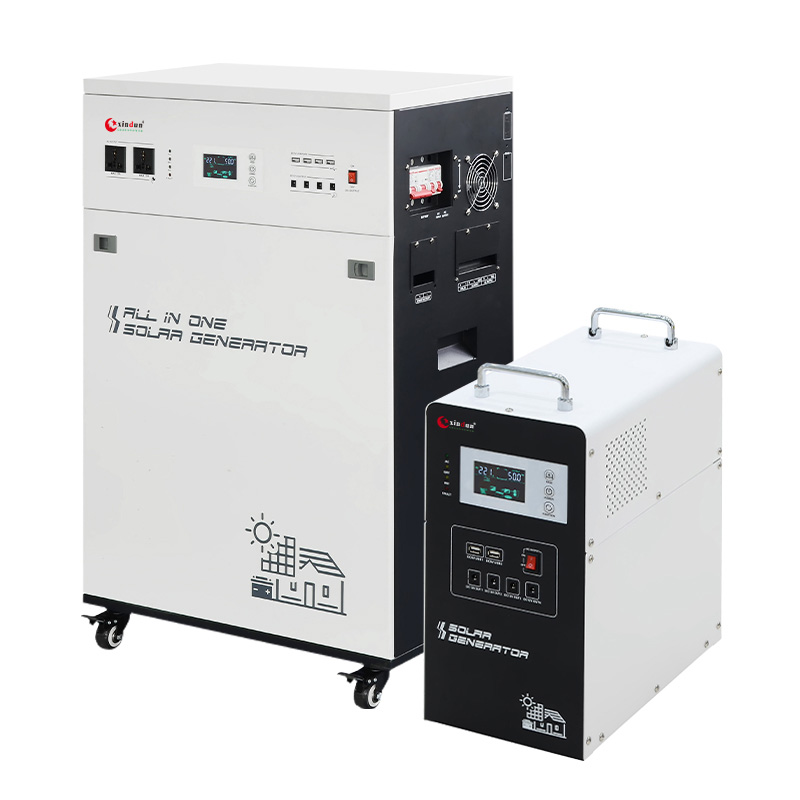
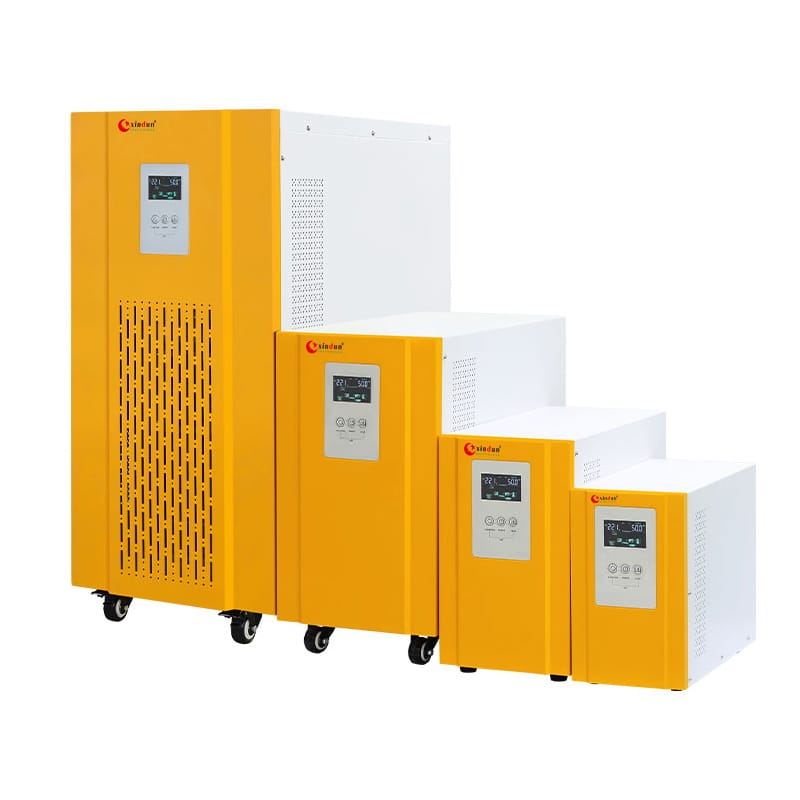
 Hybrid Inverter
Hybrid Inverter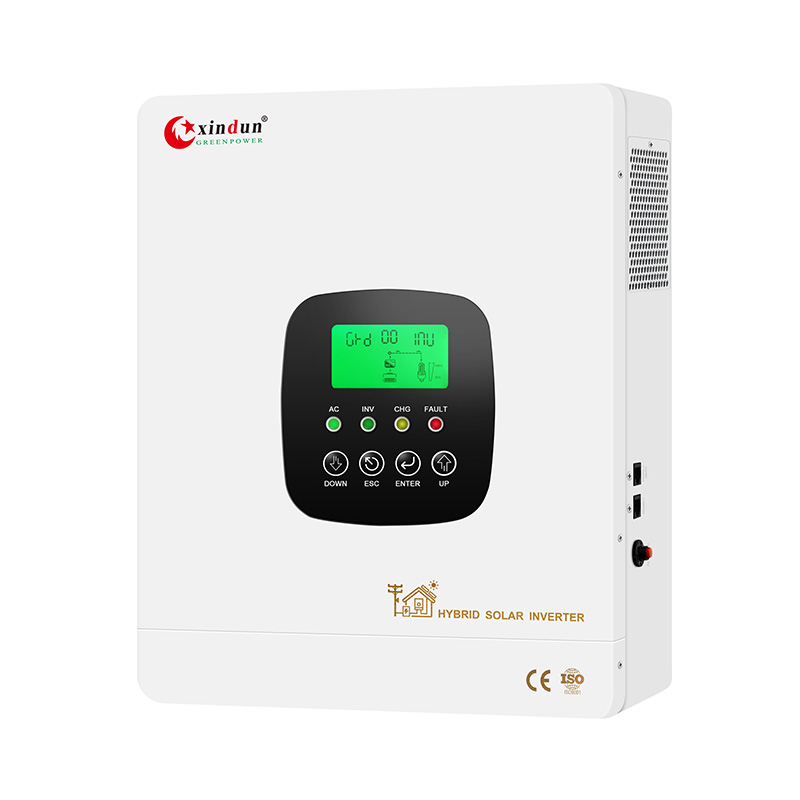
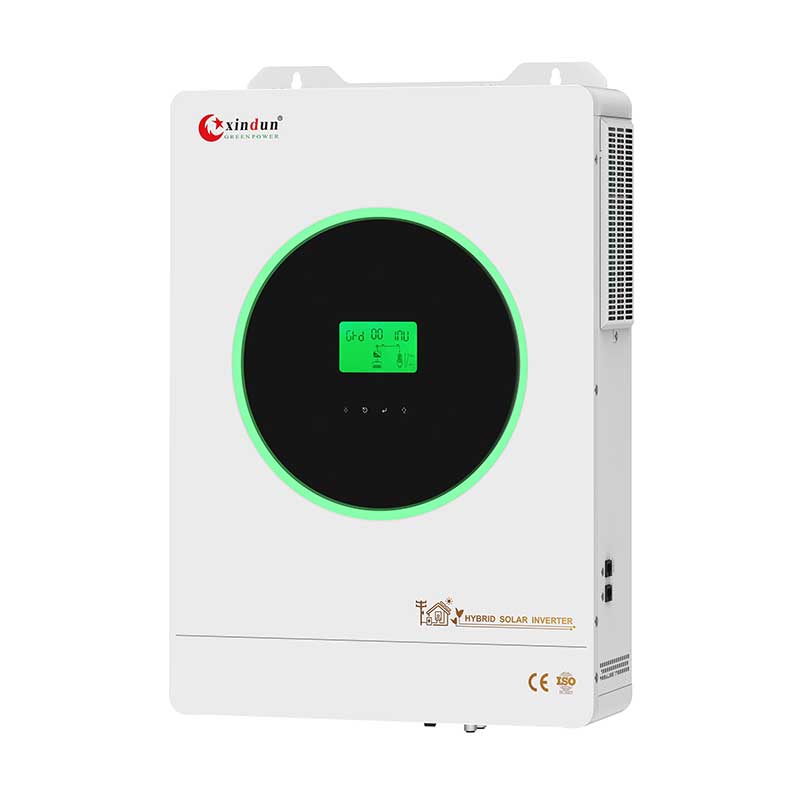
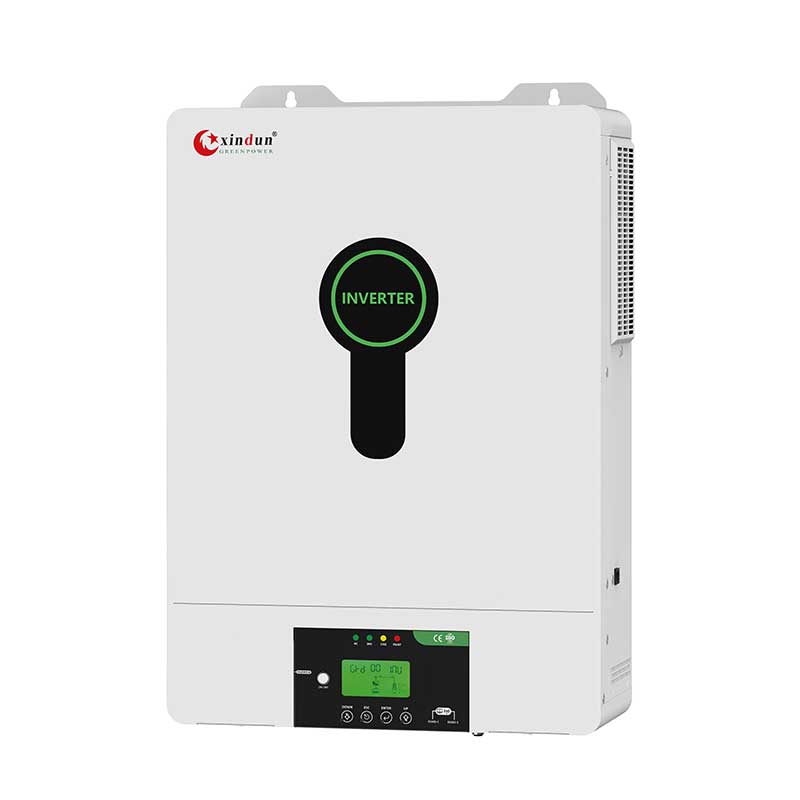
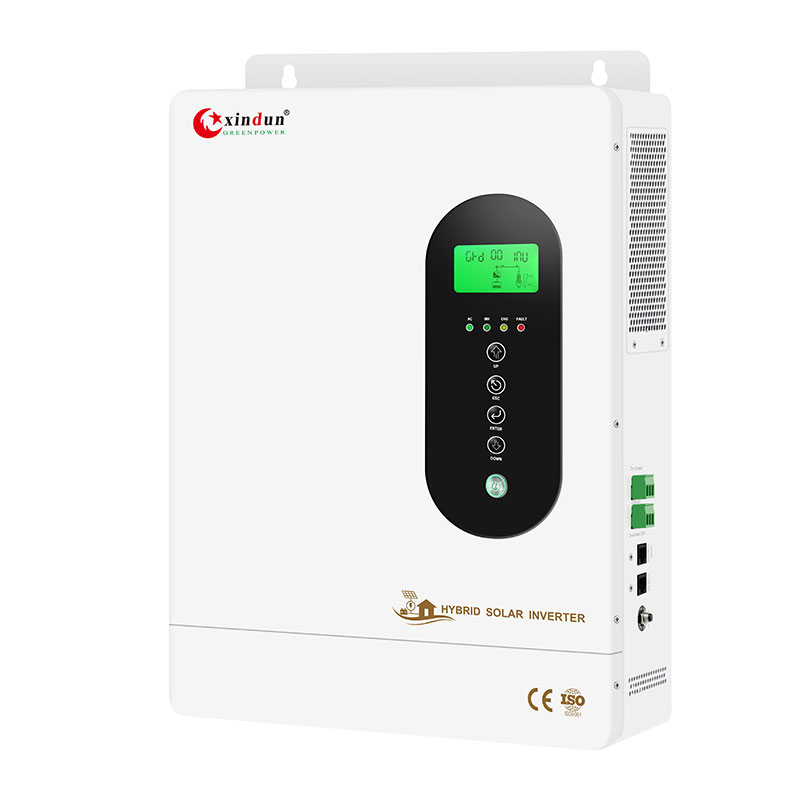
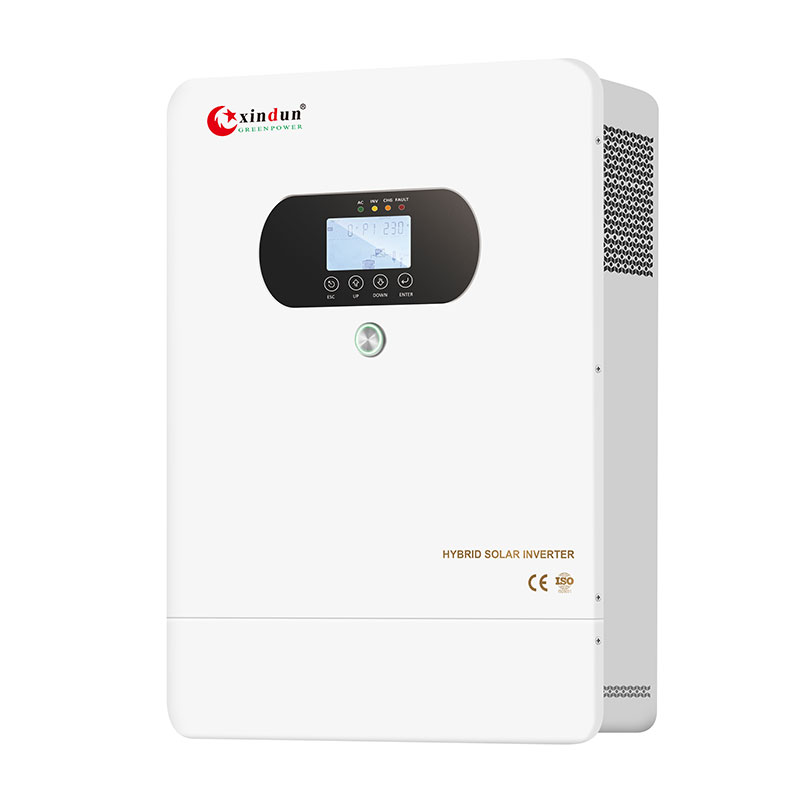
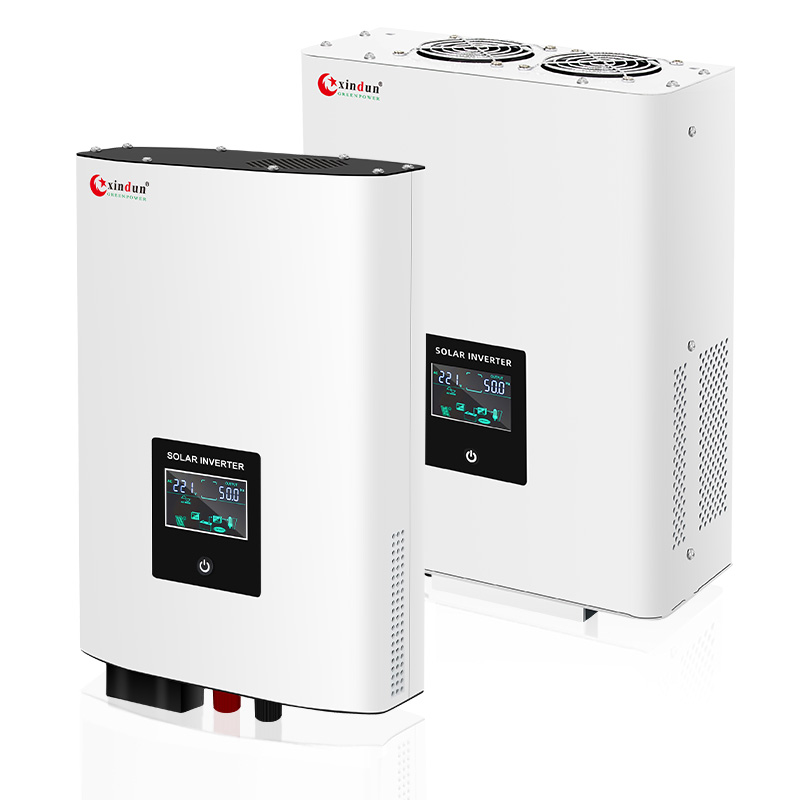
 Power Inverter
Power Inverter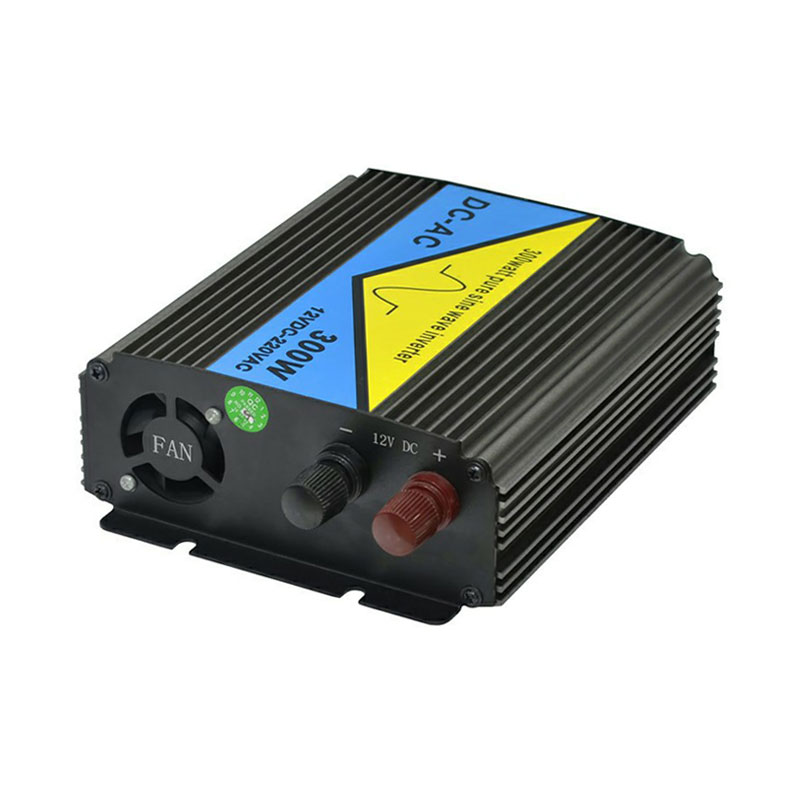
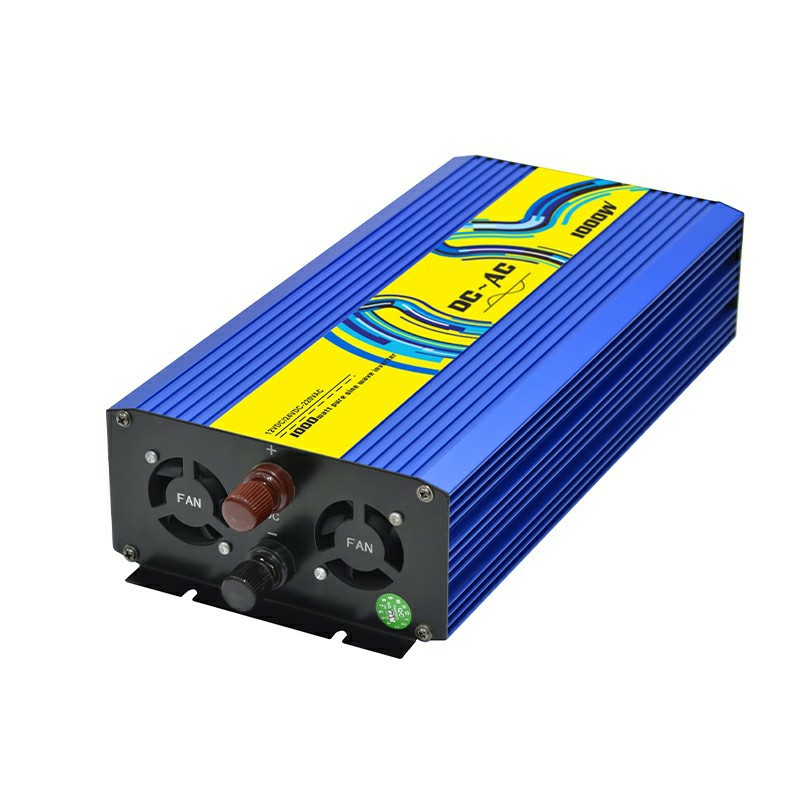
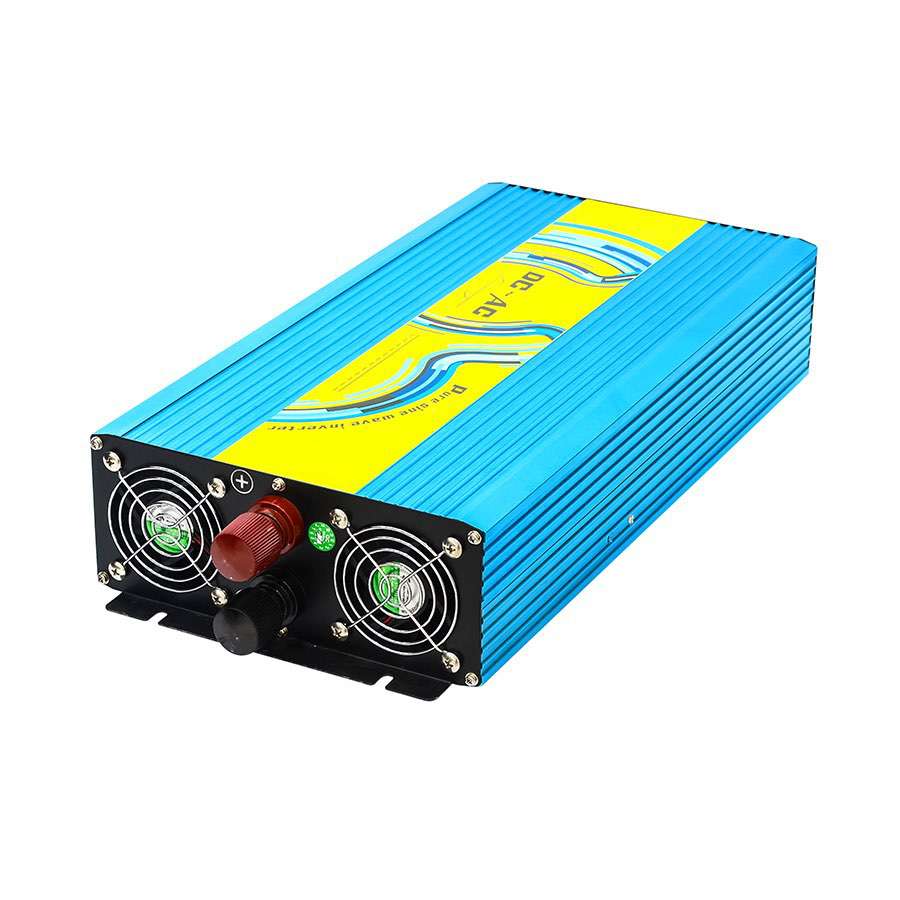
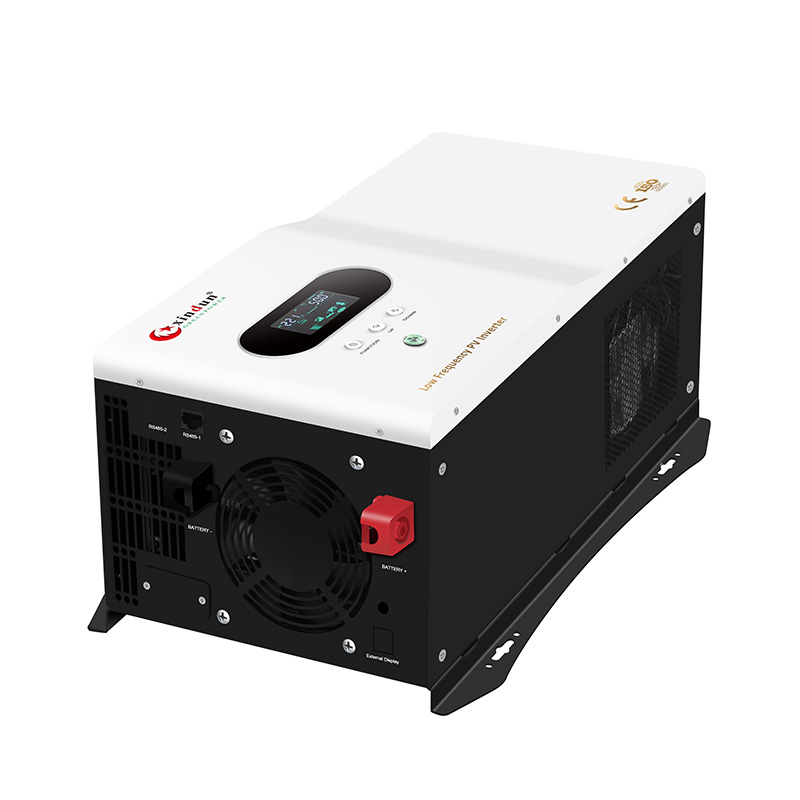
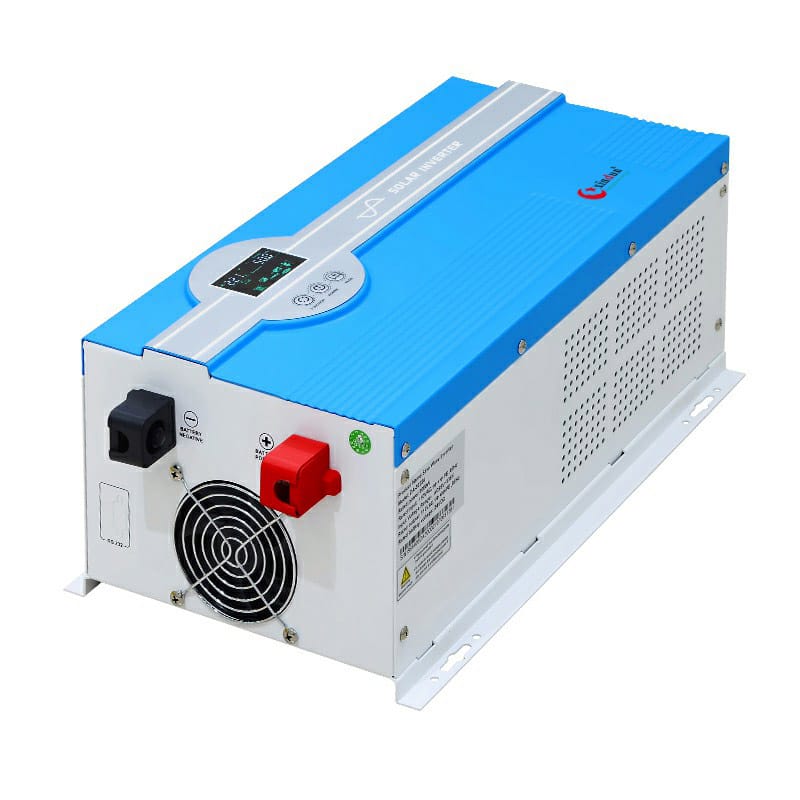
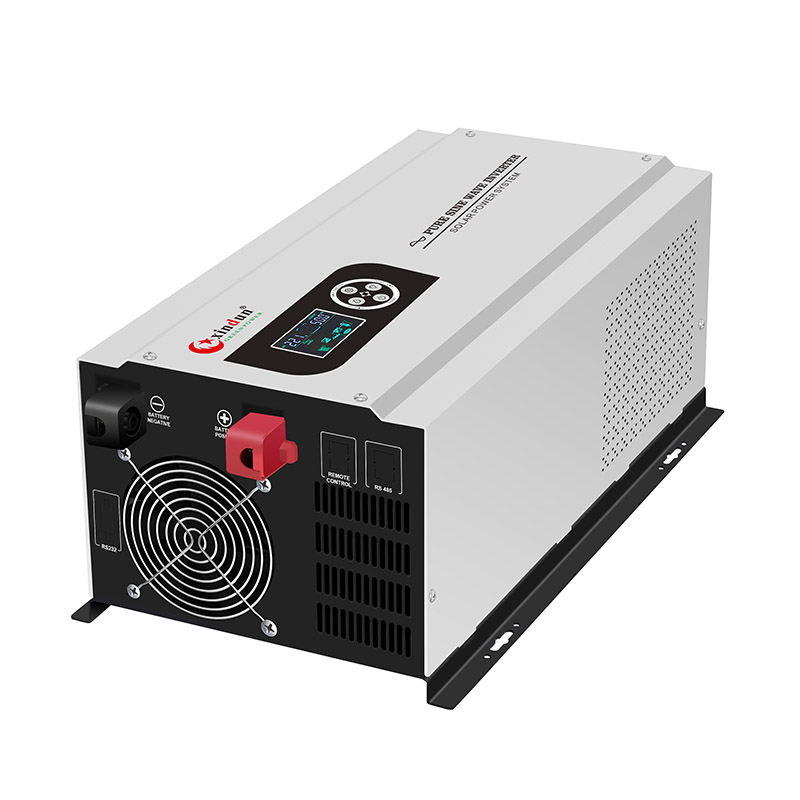
 Split Phase Inverter
Split Phase Inverter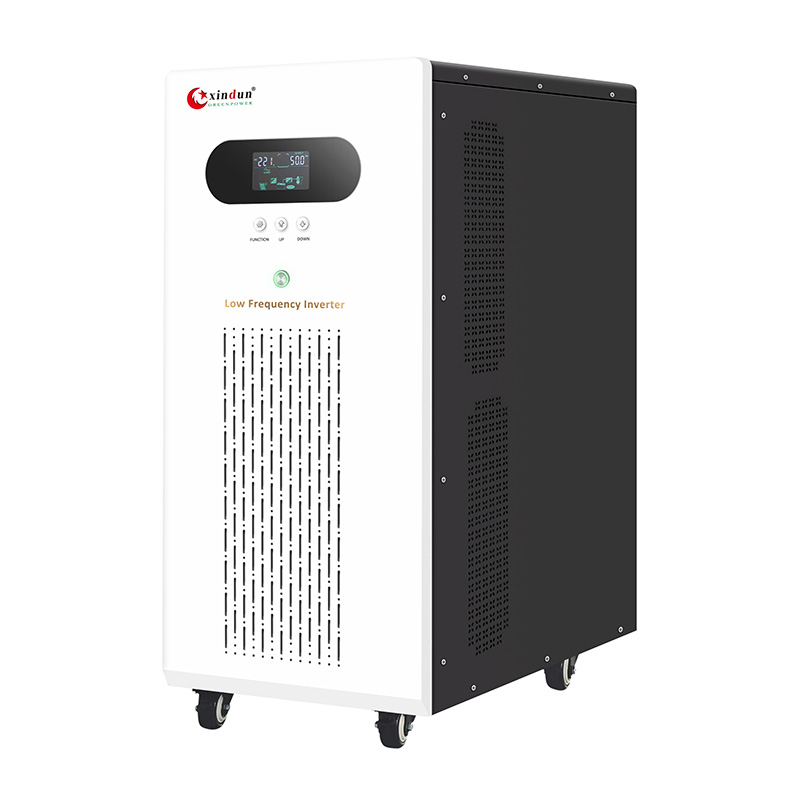
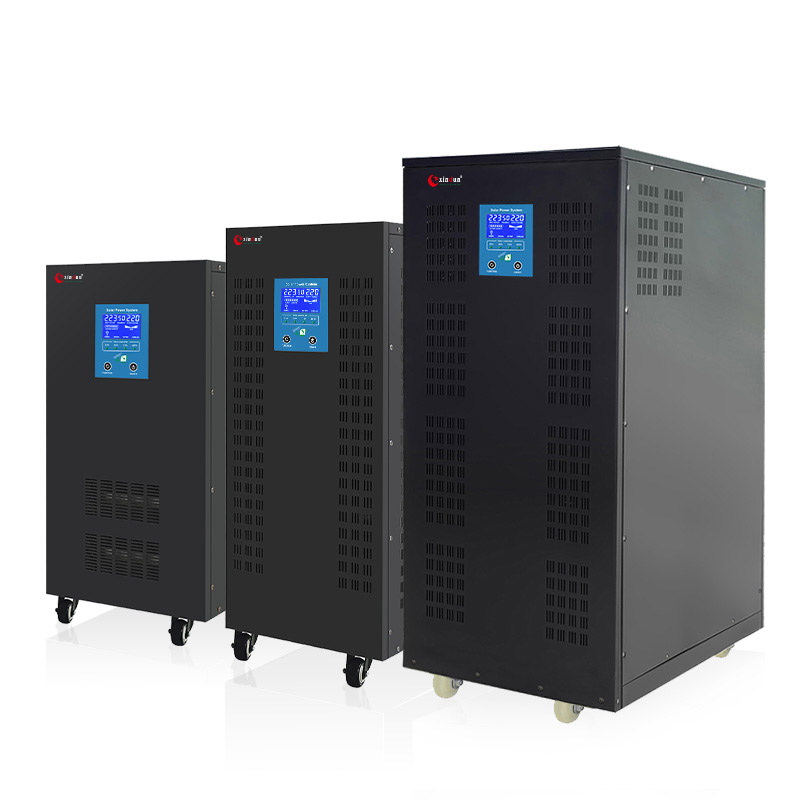
 Energy Storage Inverter
Energy Storage Inverter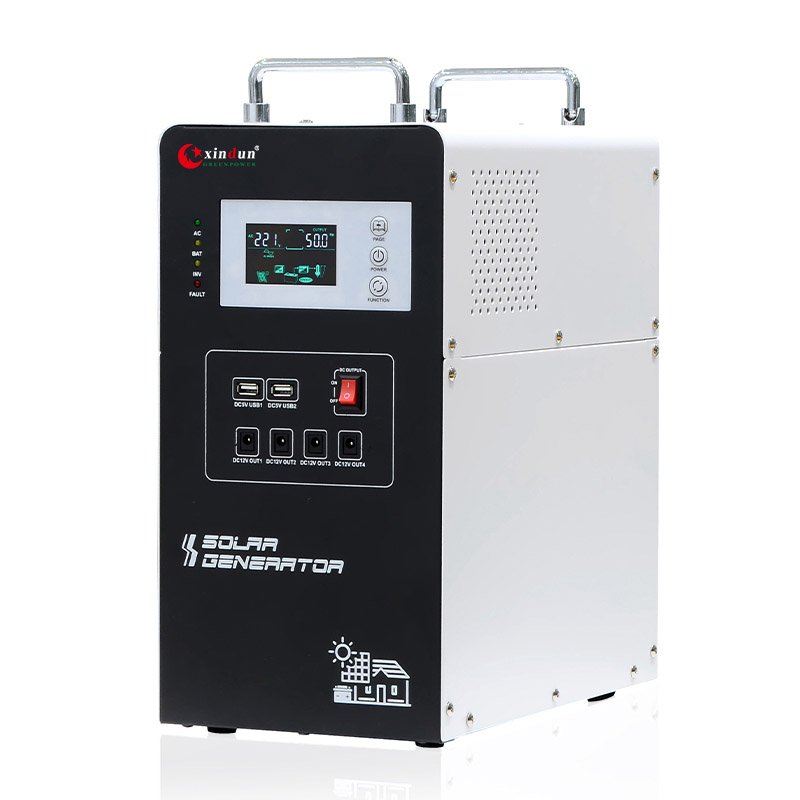
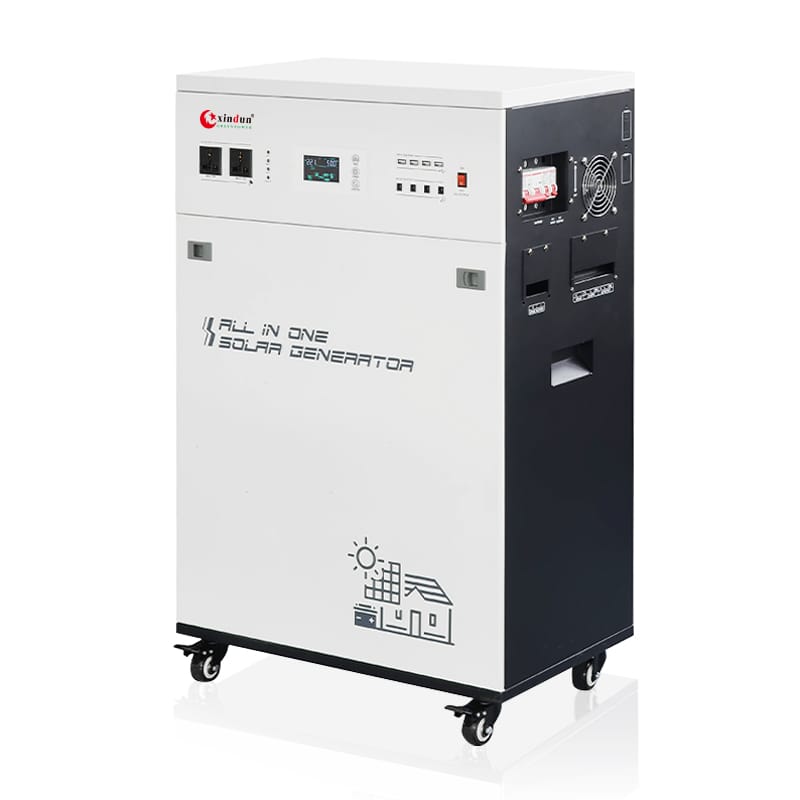

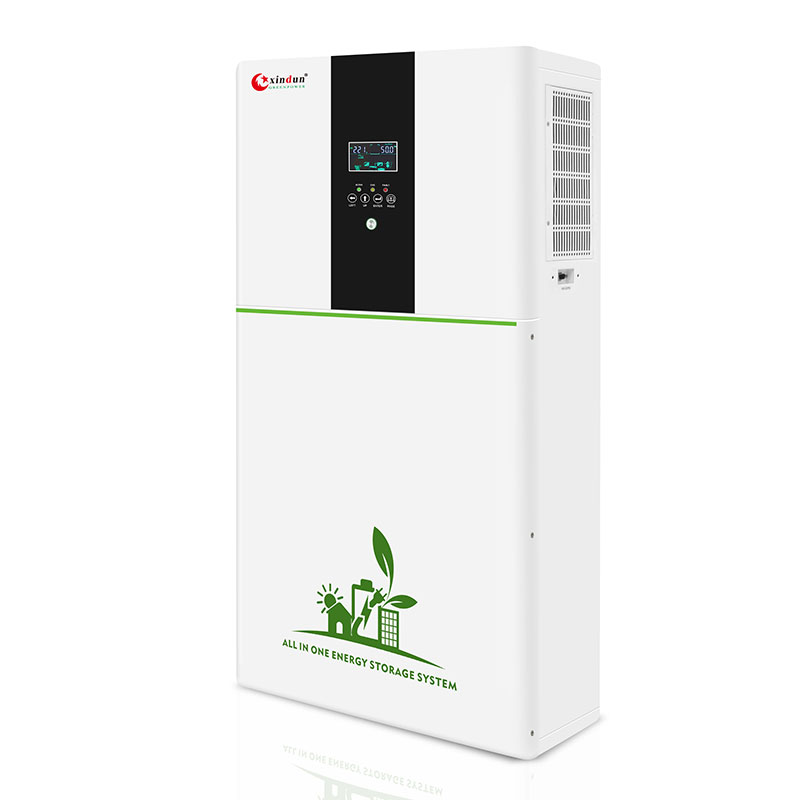
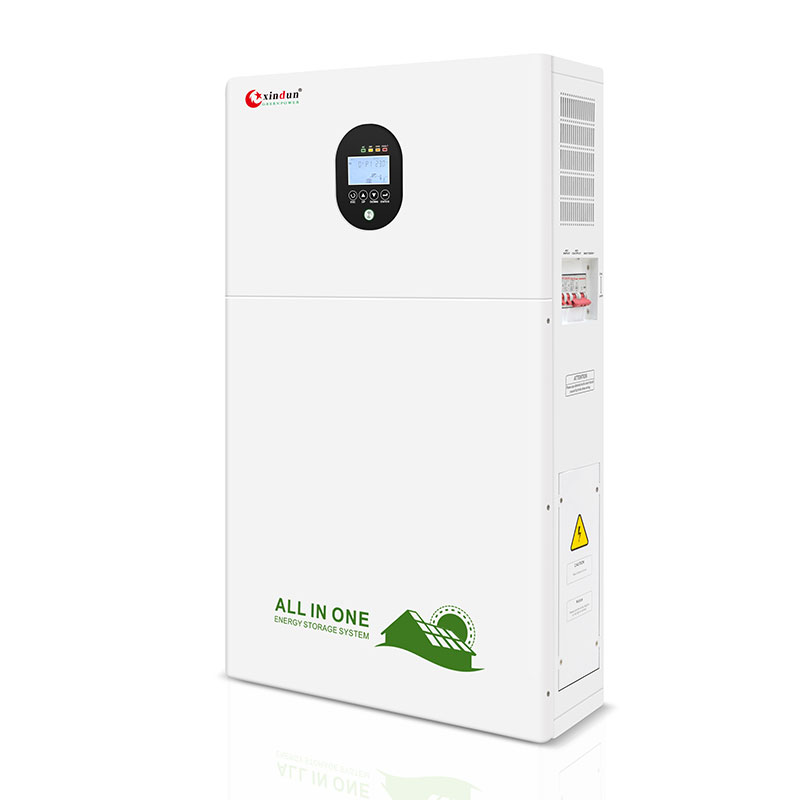
 3 Phase Inverter
3 Phase Inverter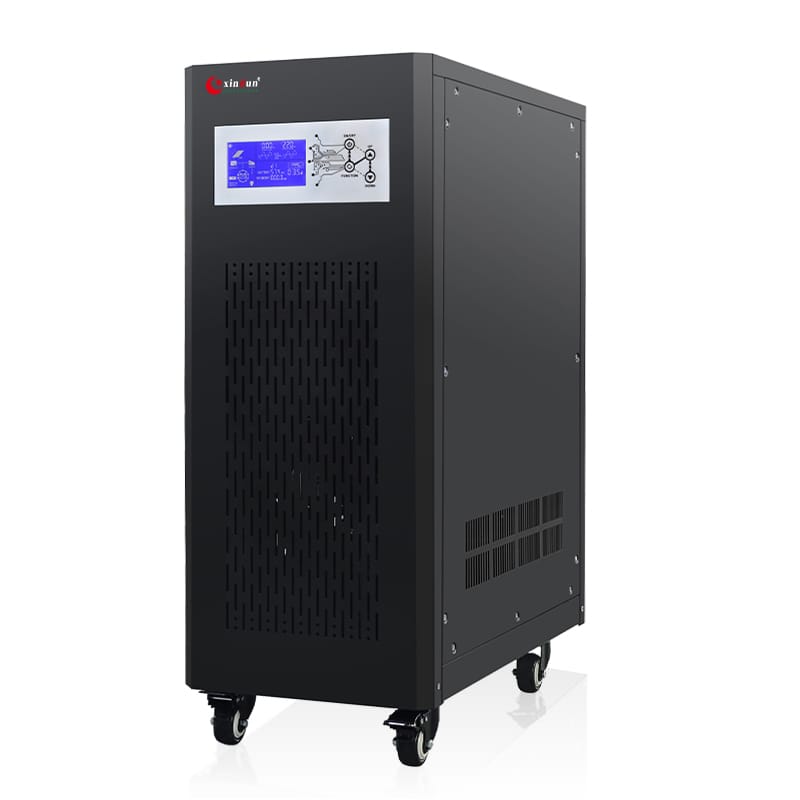
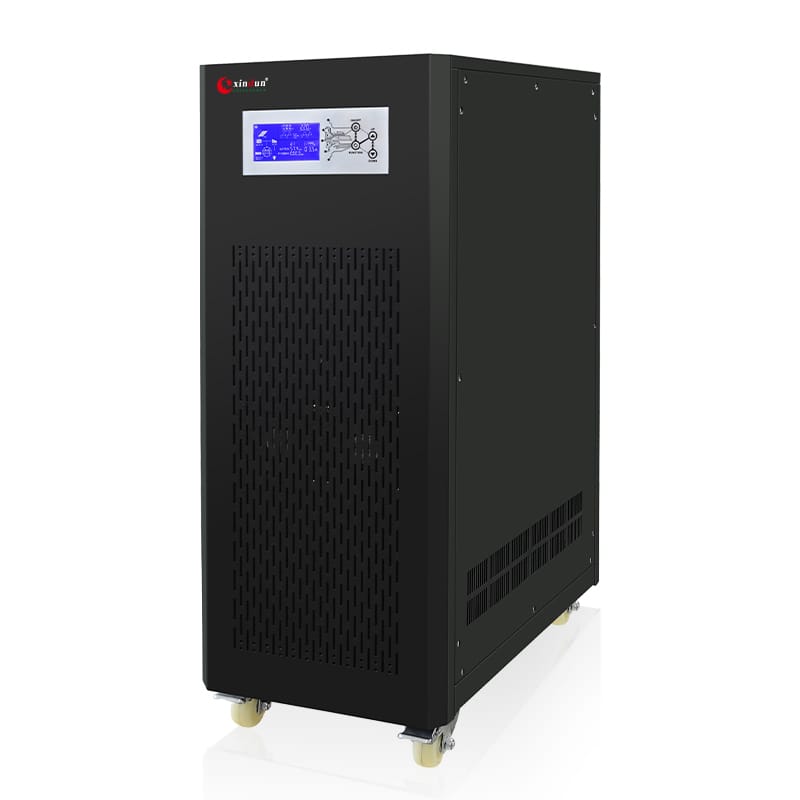
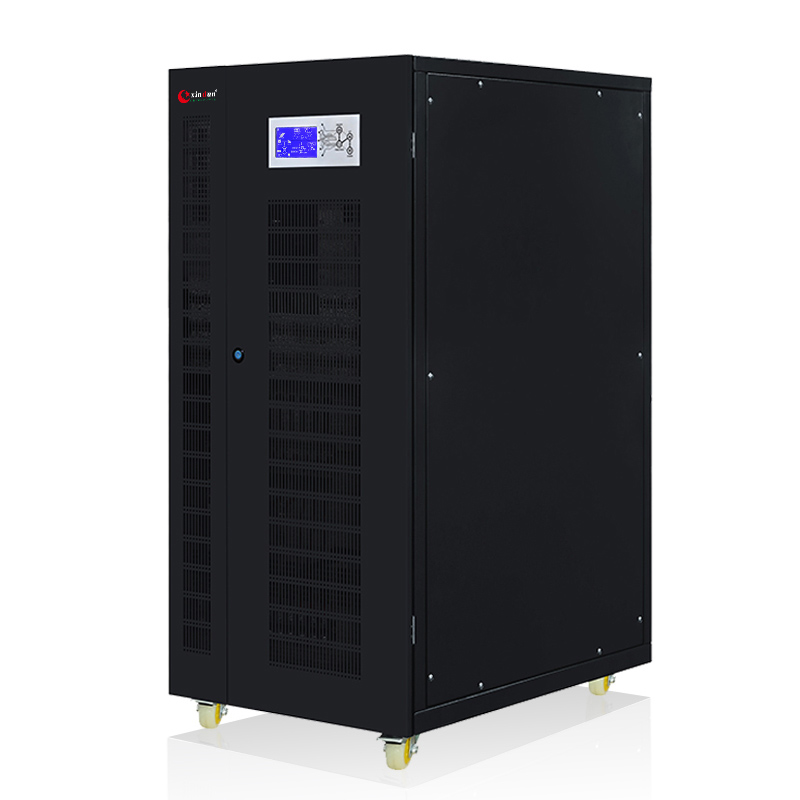
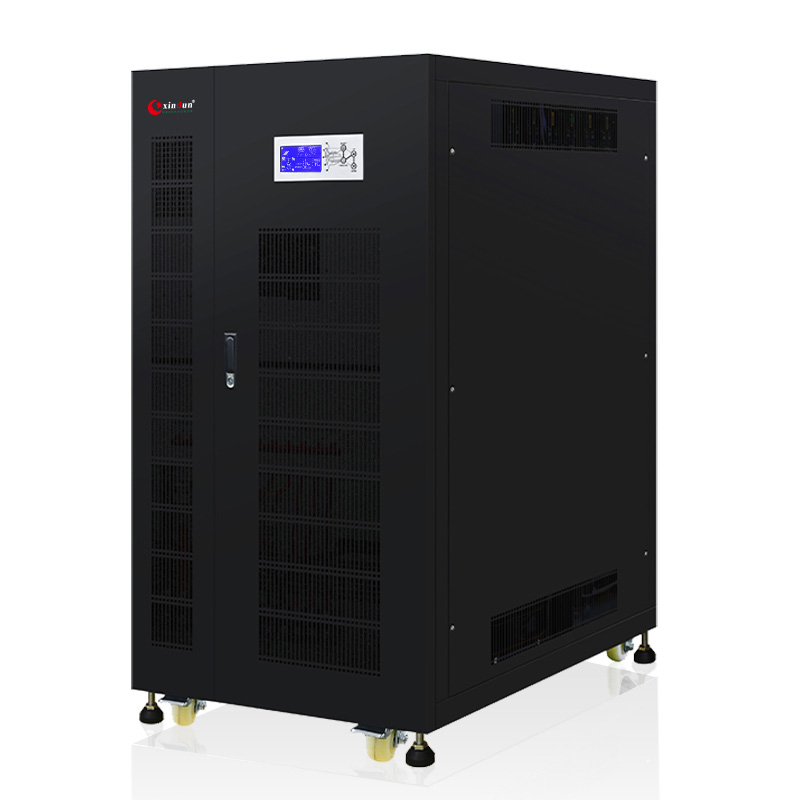
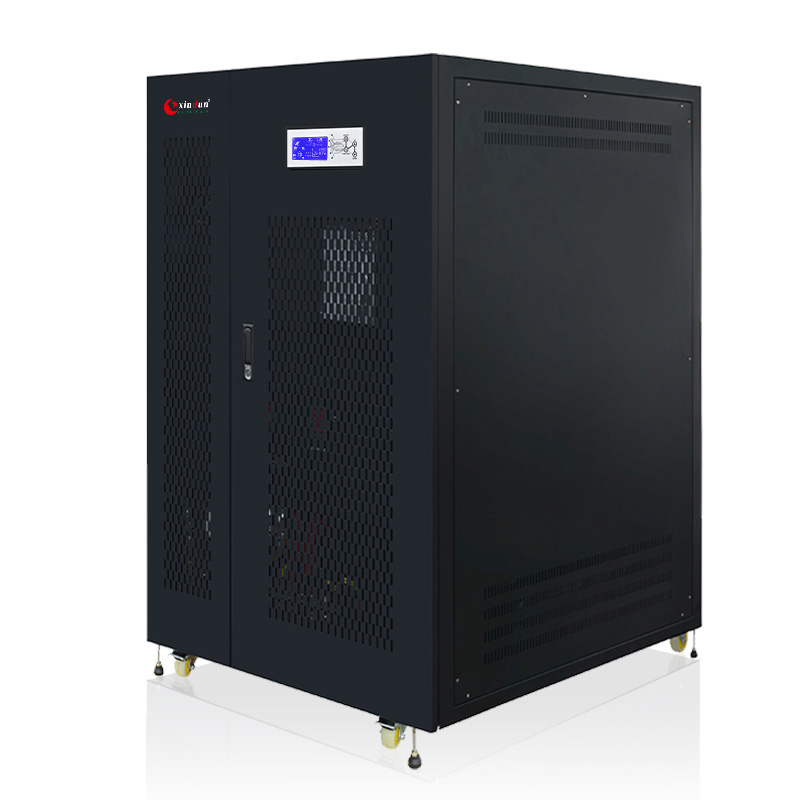
 Solar System Kits
Solar System Kits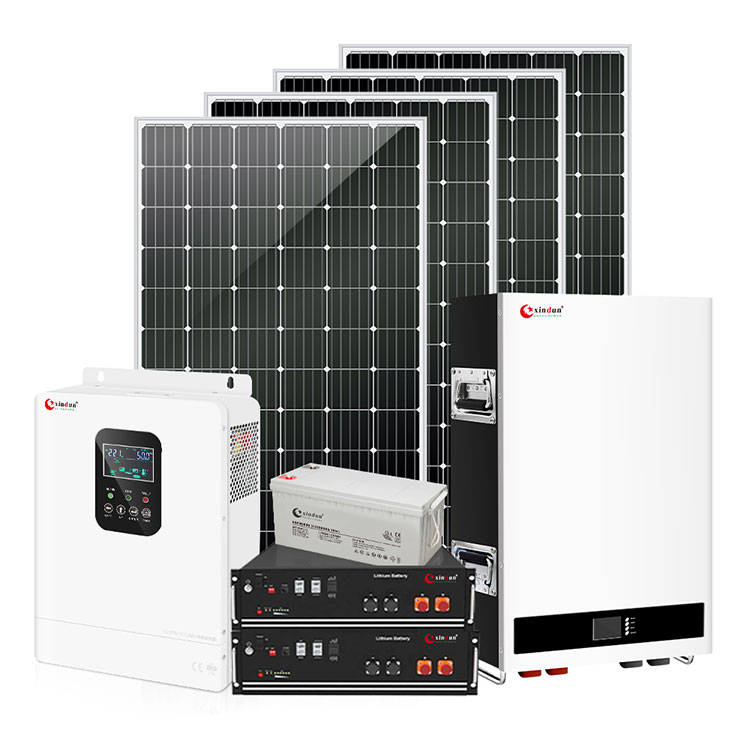
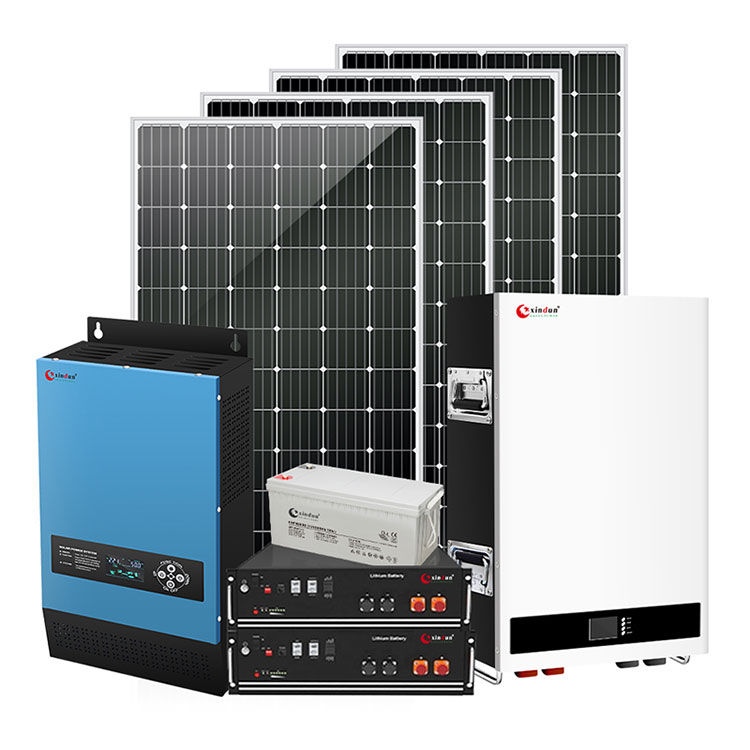
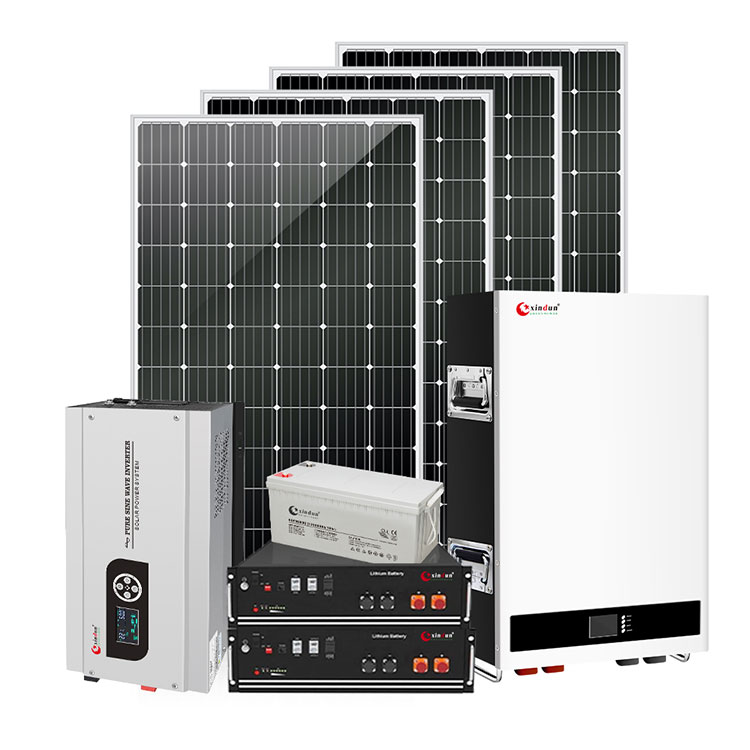
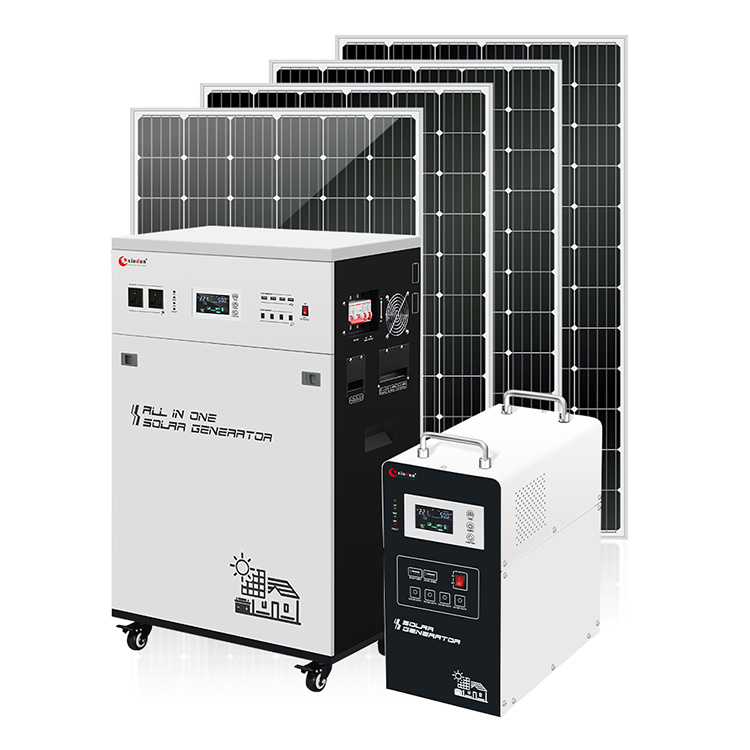
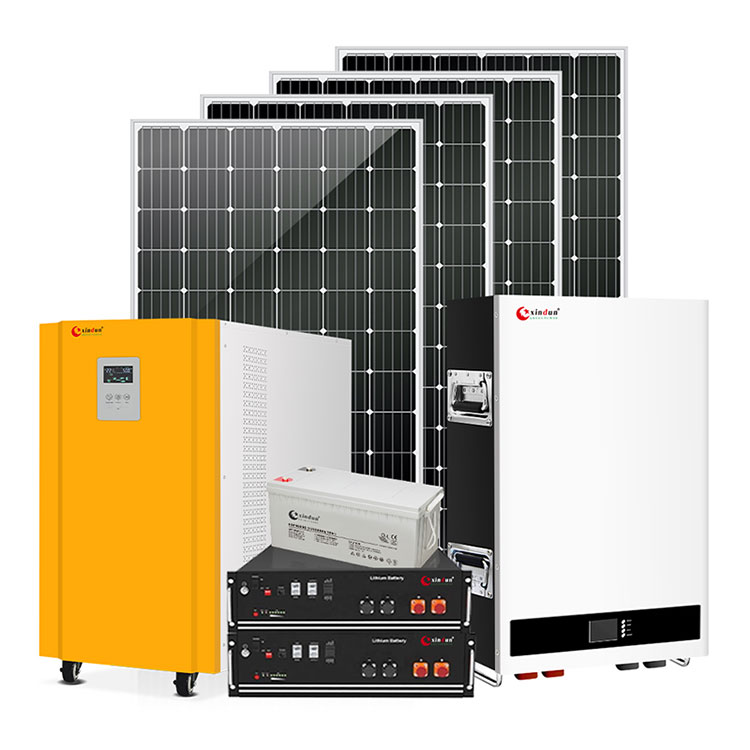
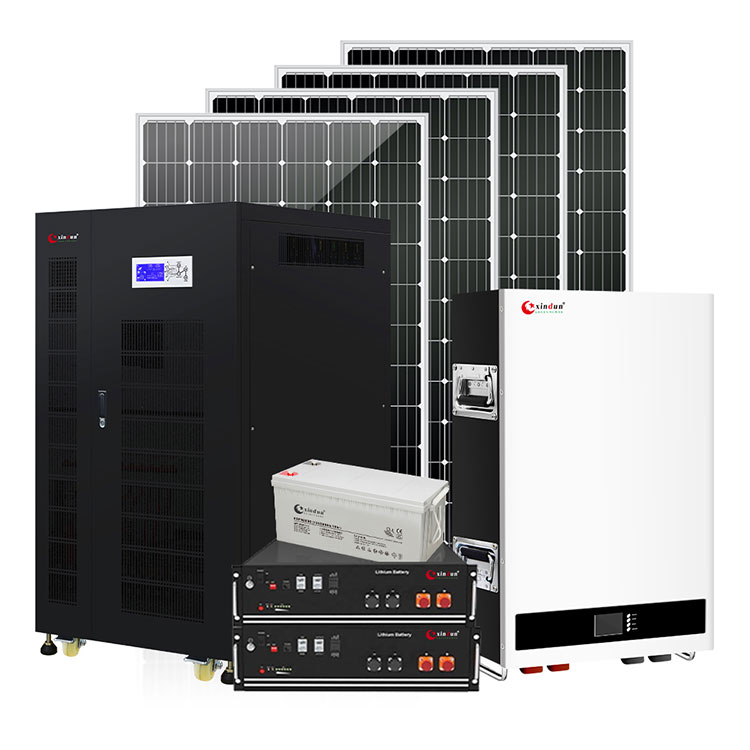
 Solar Charge Controller
Solar Charge Controller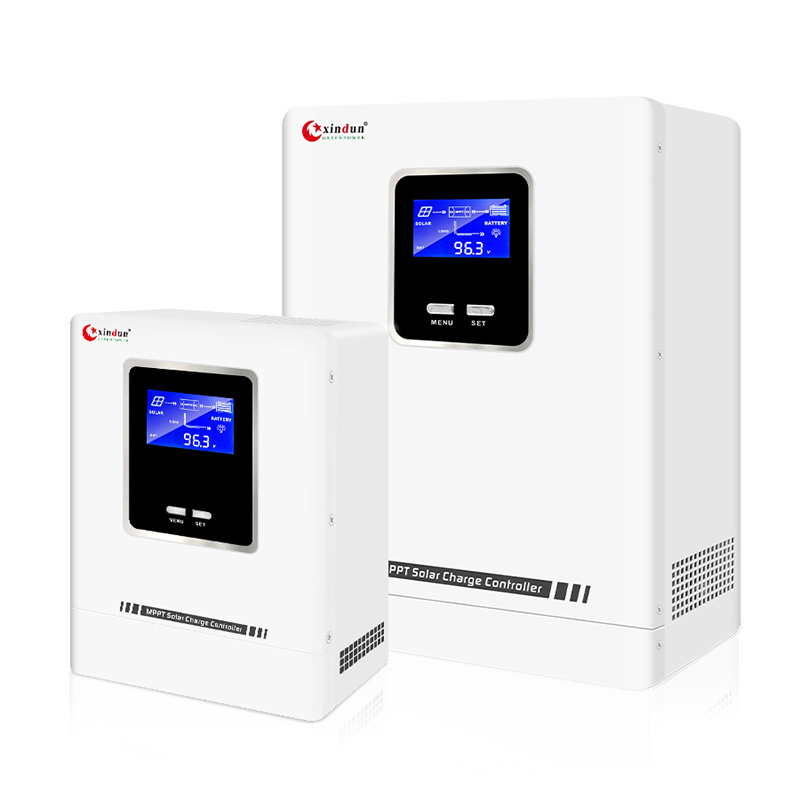
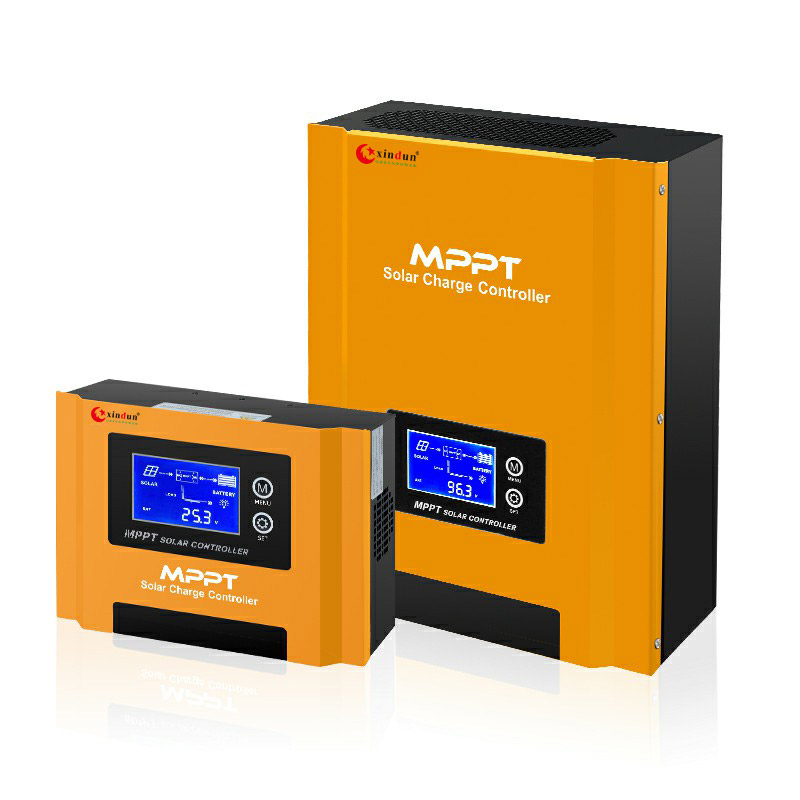

 Solar Battery
Solar Battery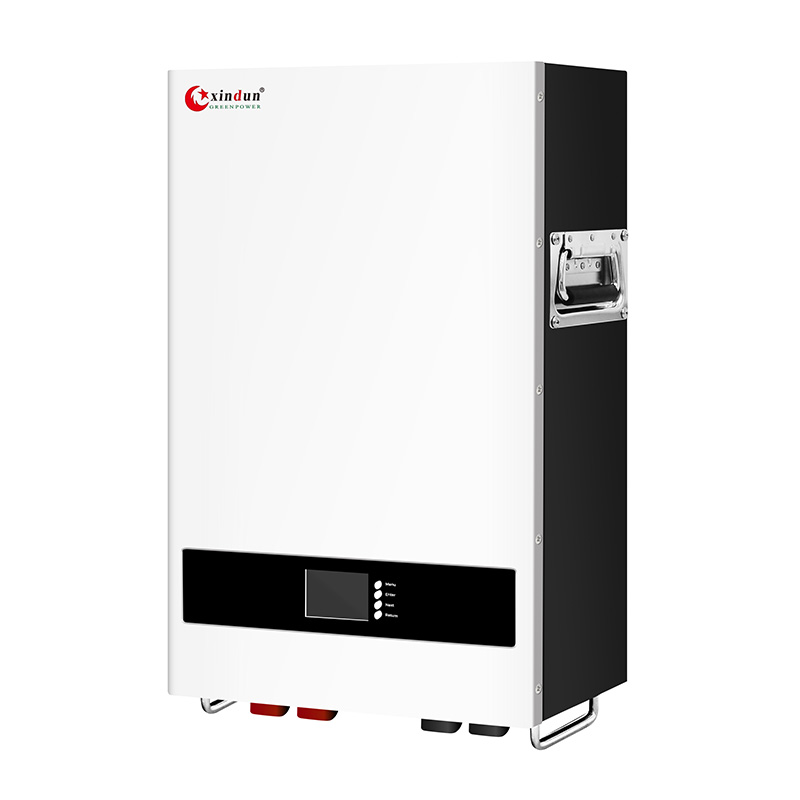
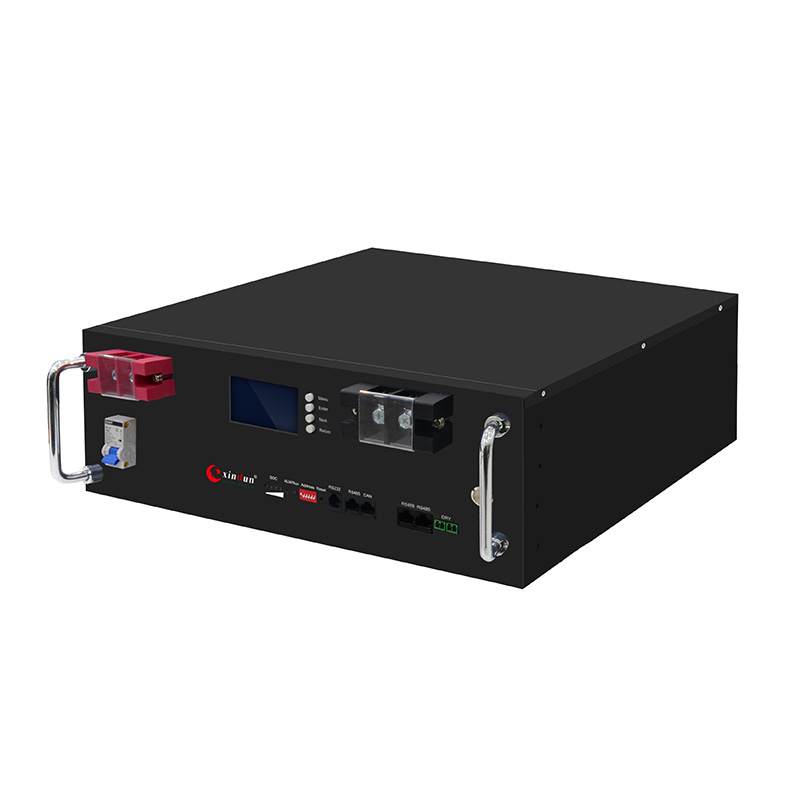
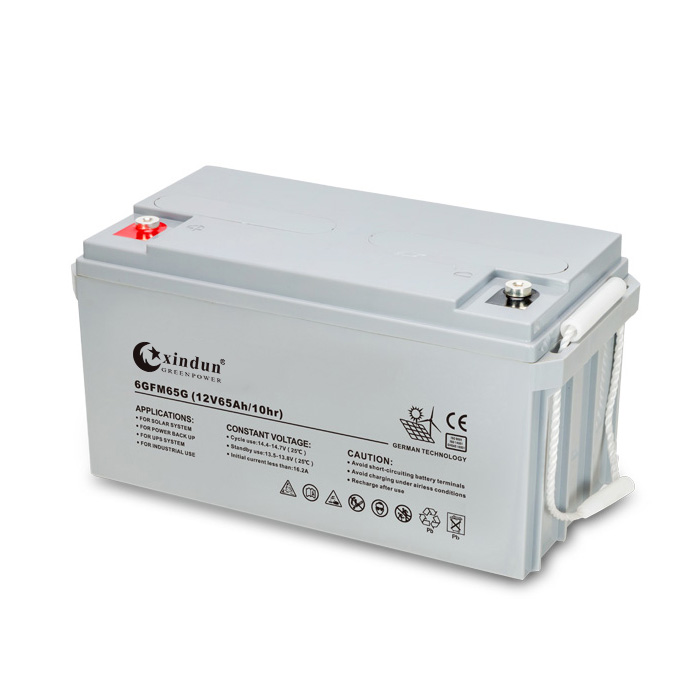
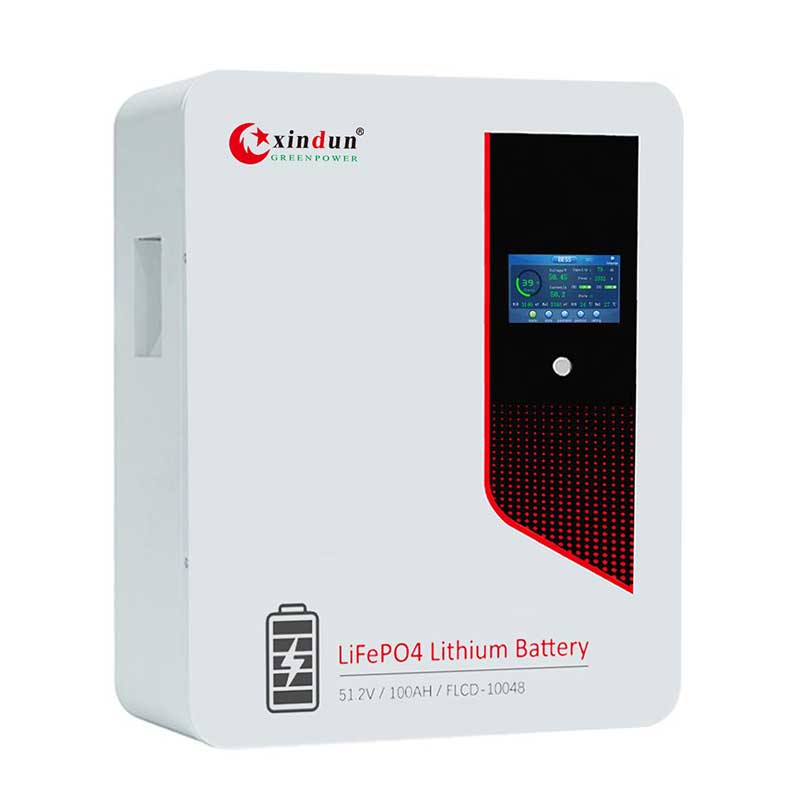
 Asia
Asia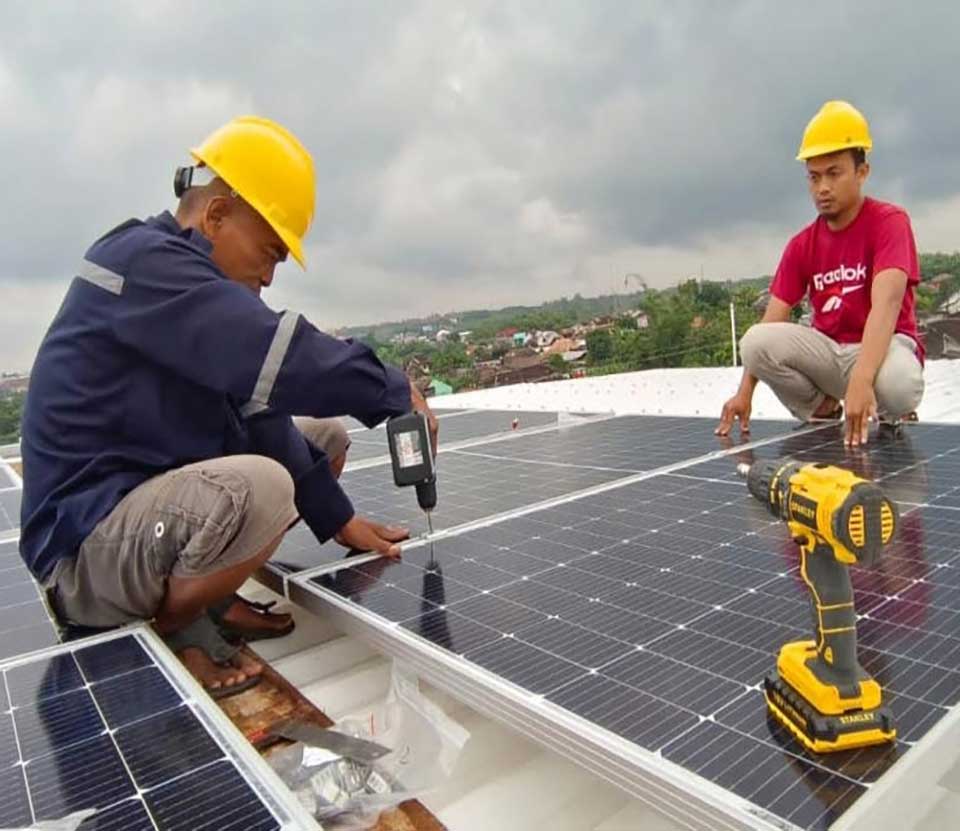
 Africa
Africa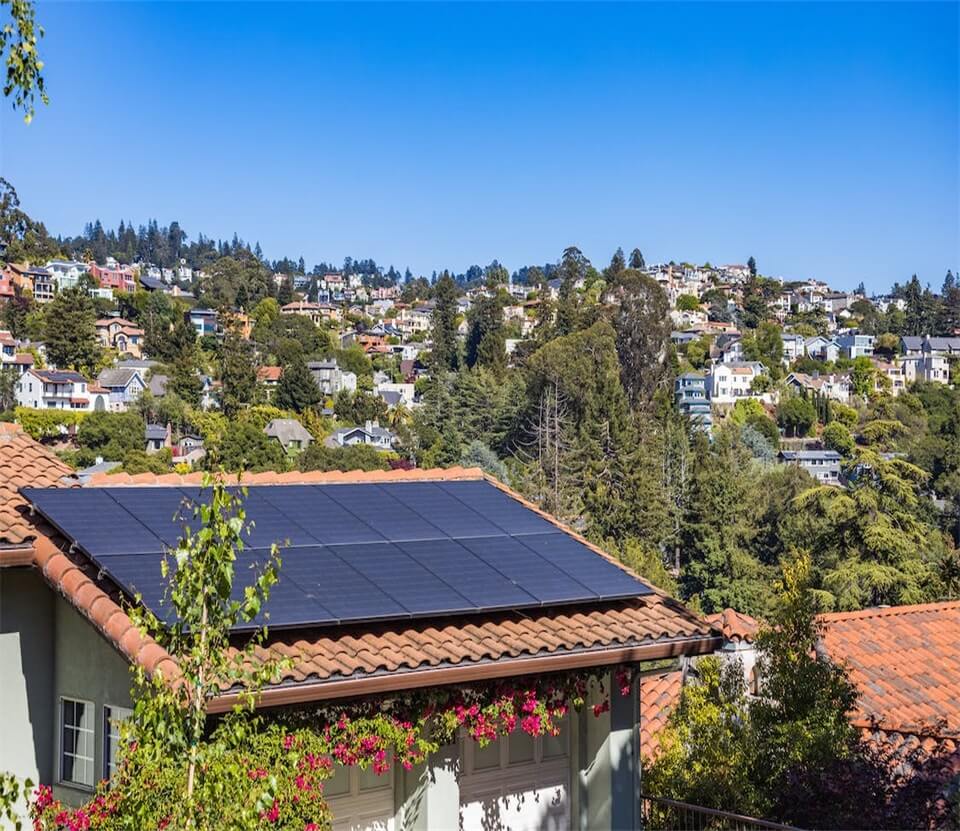
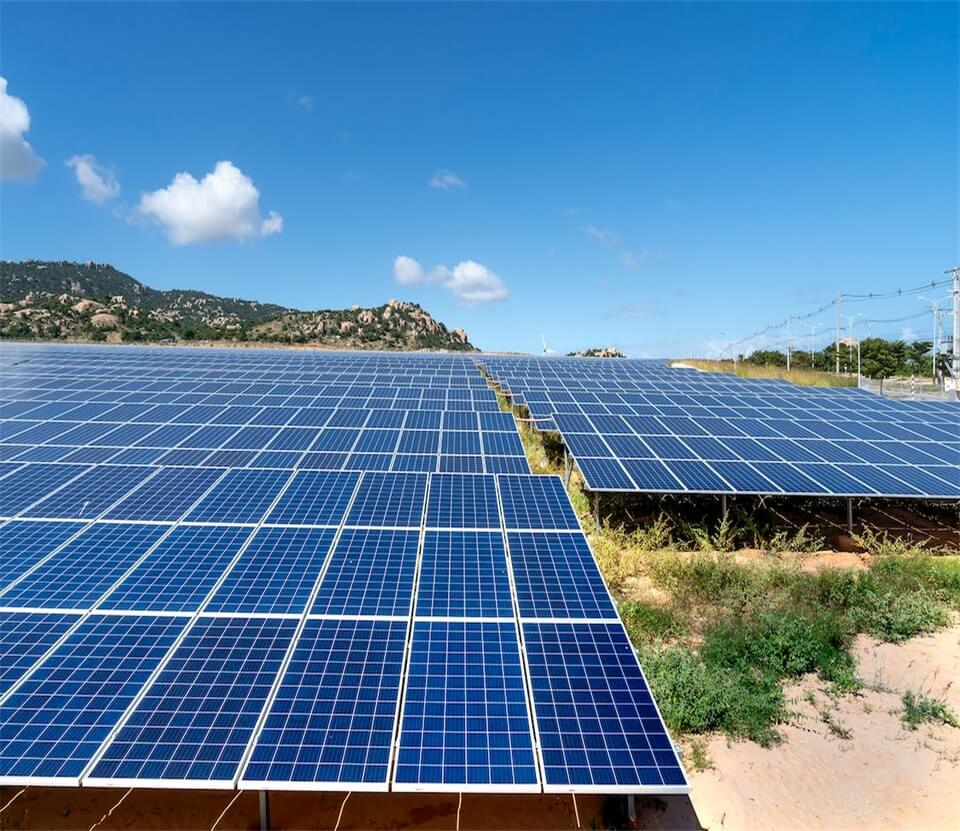
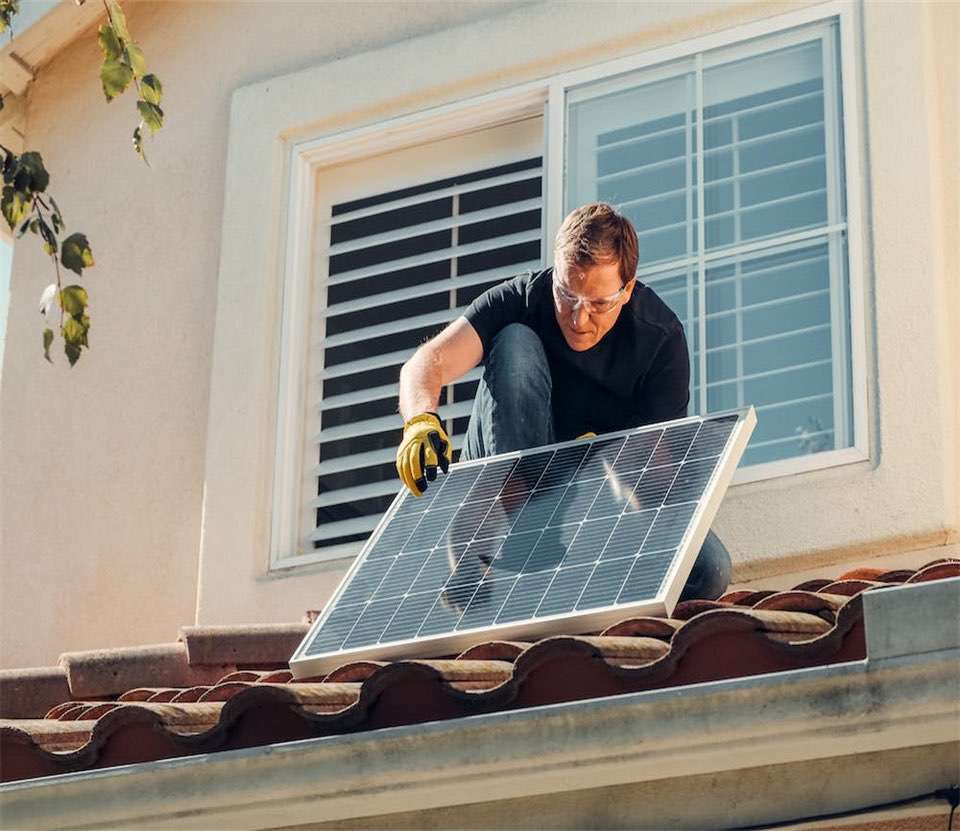
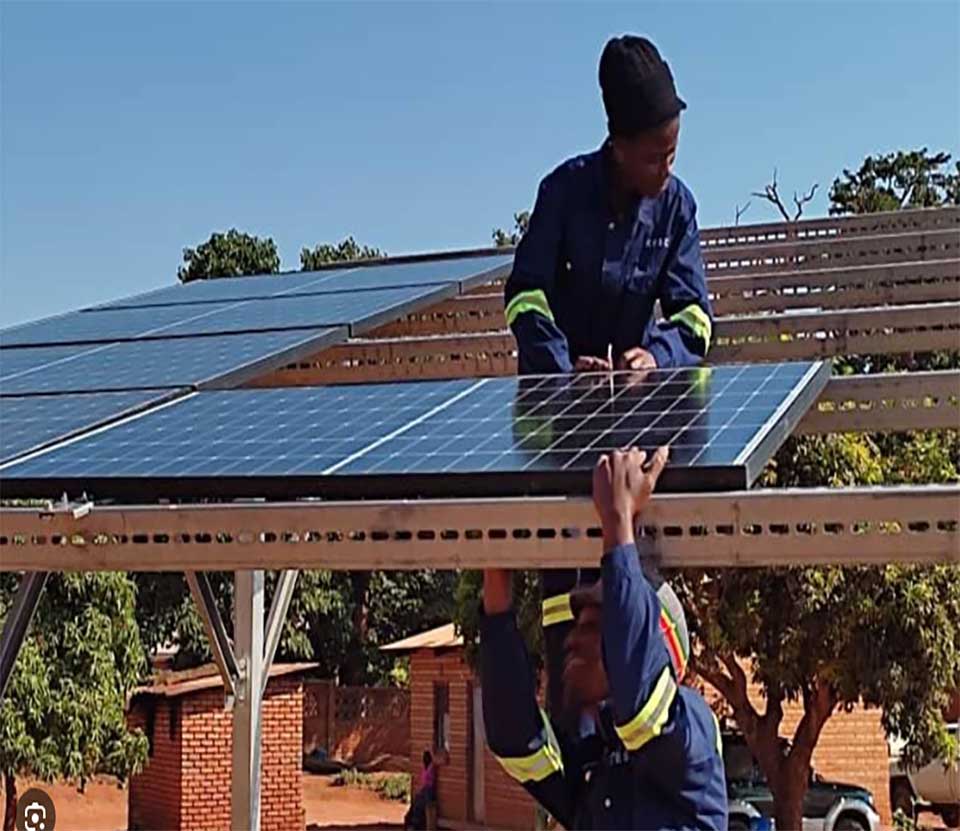
 South America
South America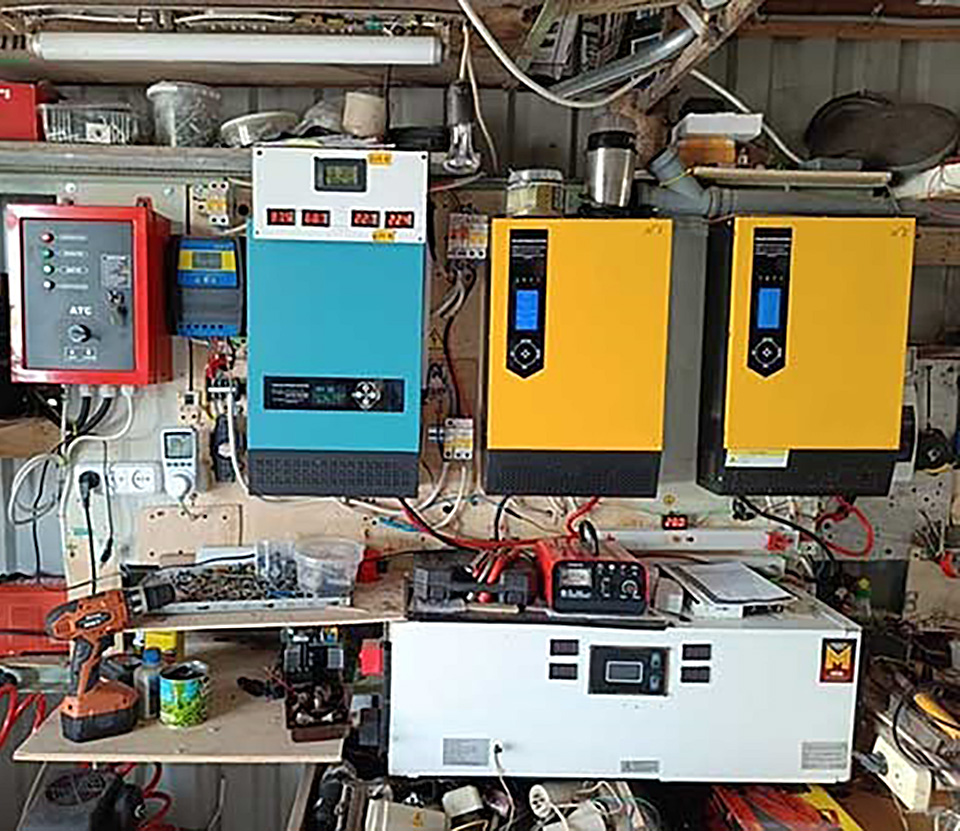
 Europe
Europe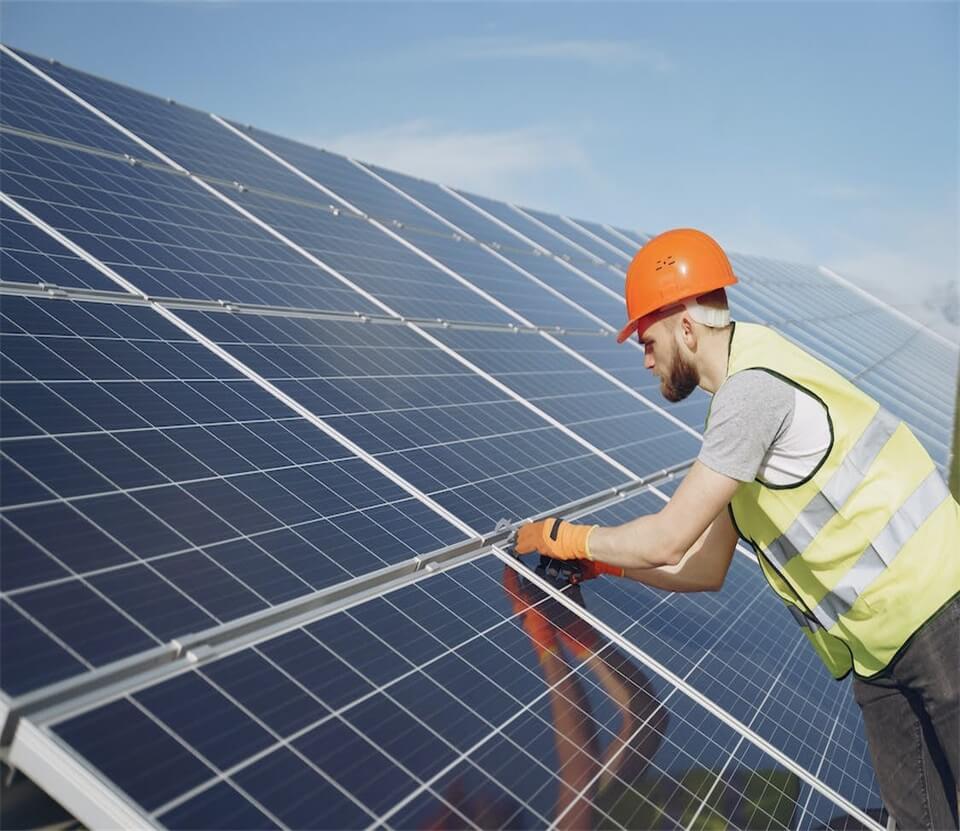
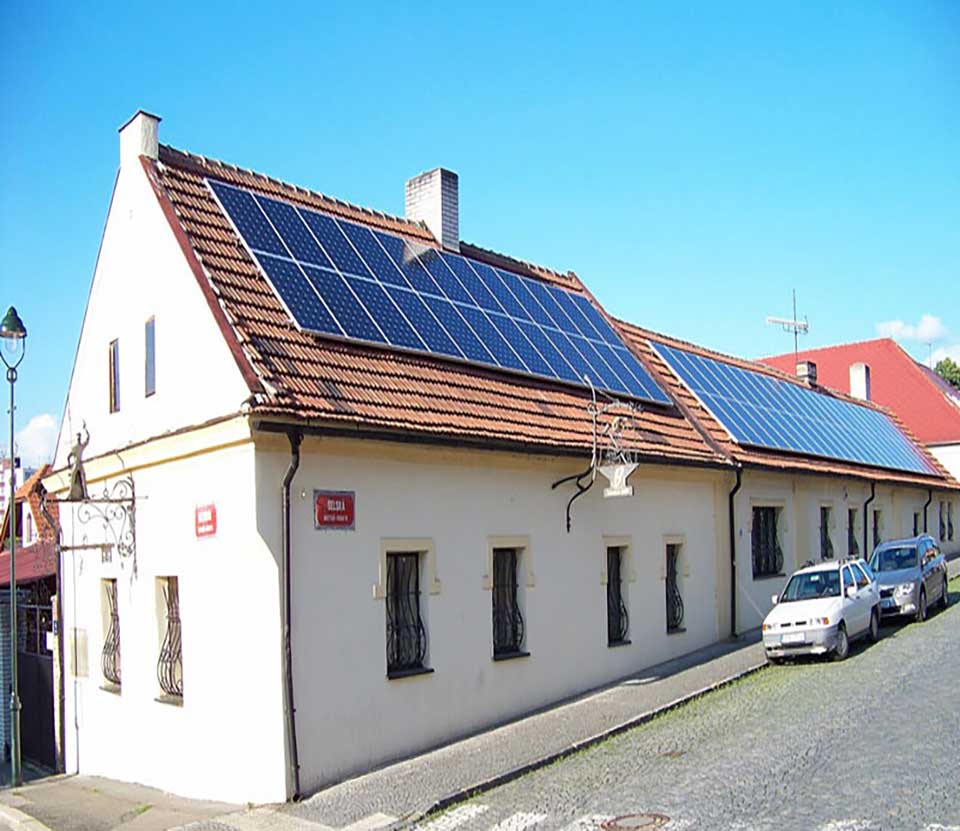
 North America
North America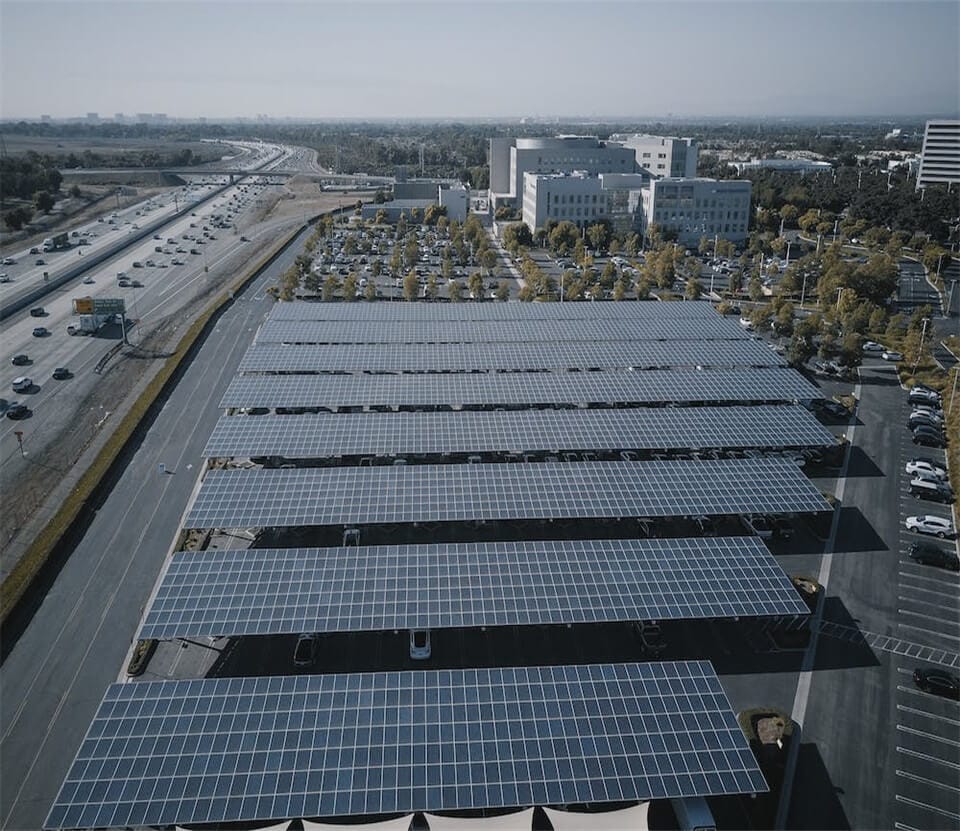
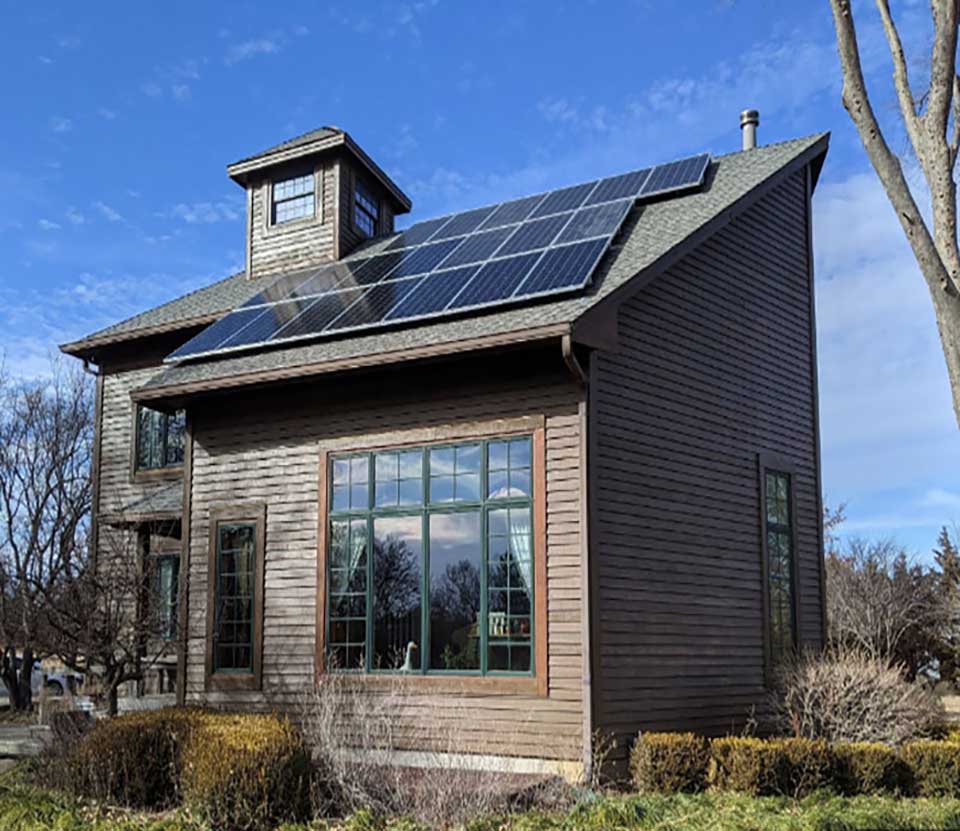
 Oceania & Antarctica
Oceania & Antarctica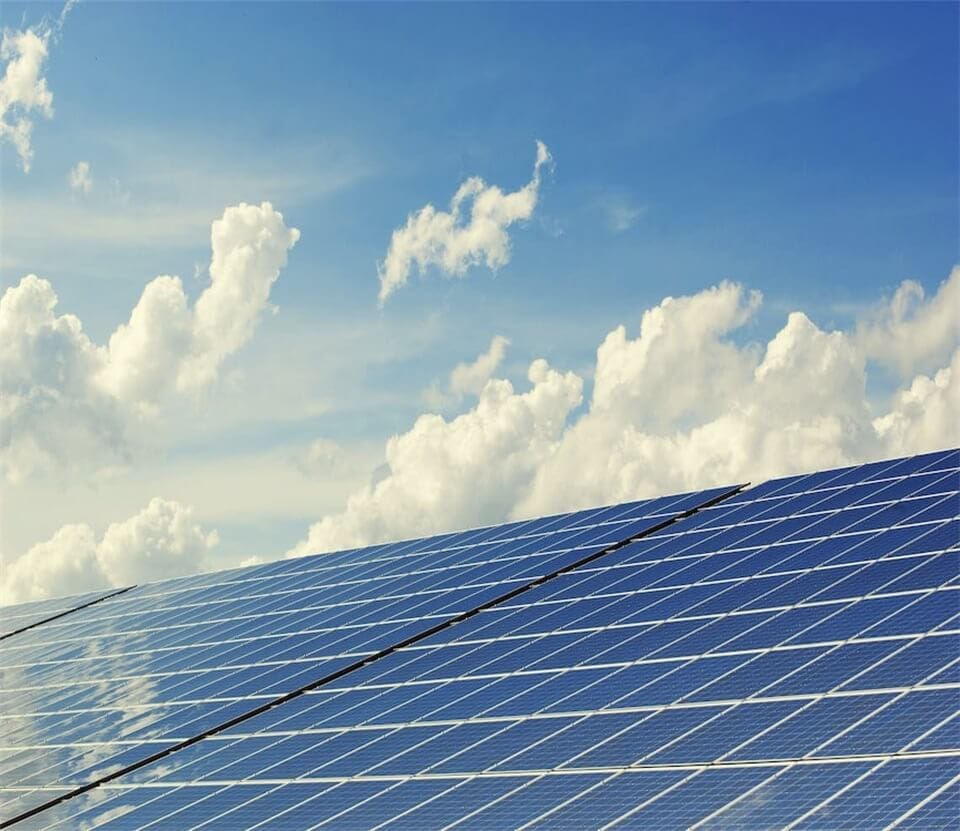










 Home
Home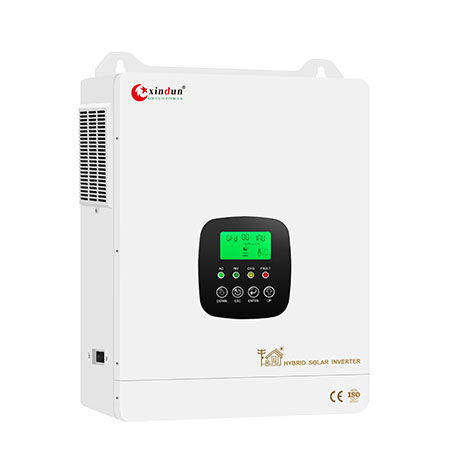
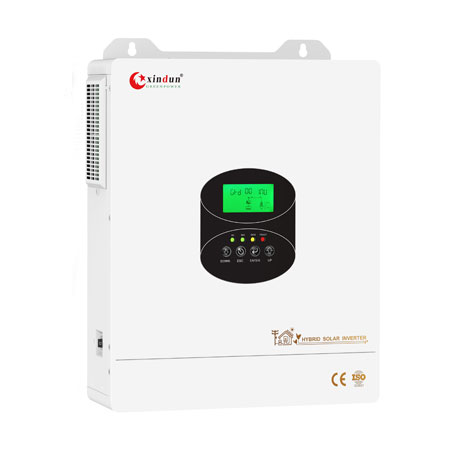
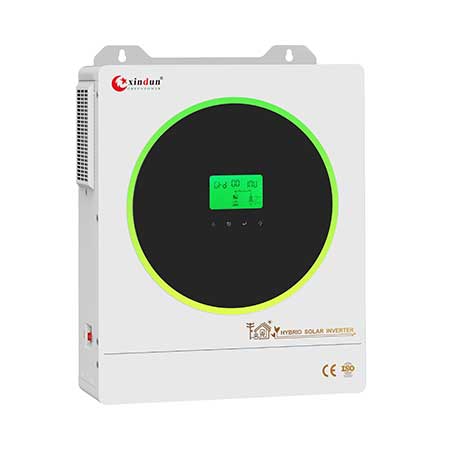
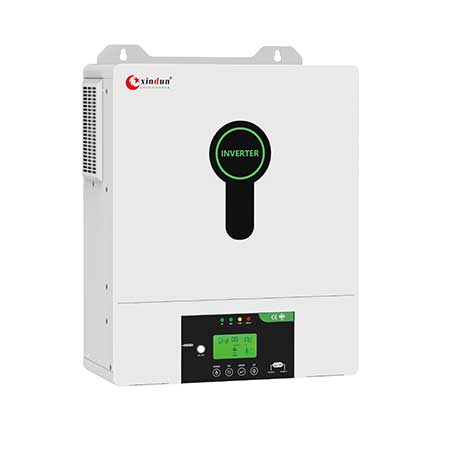
 Solar Power Inverter Development in Indonesia
Solar Power Inverter Development in Indonesia  Top Selling Products
Top Selling Products














